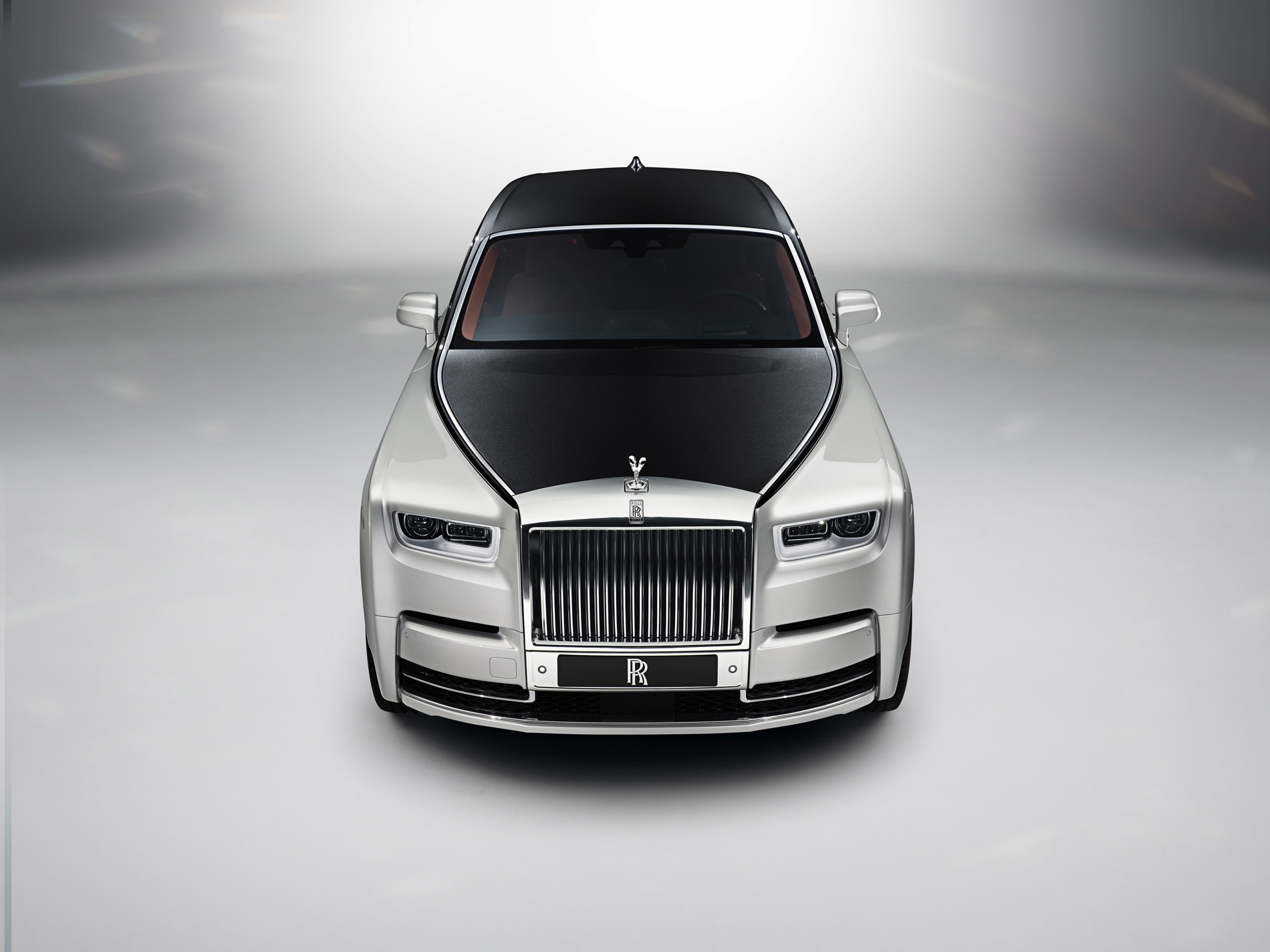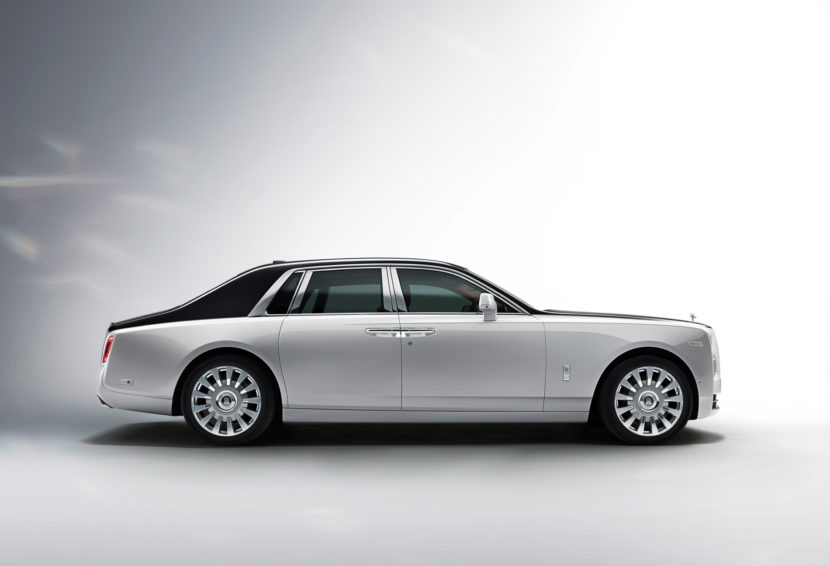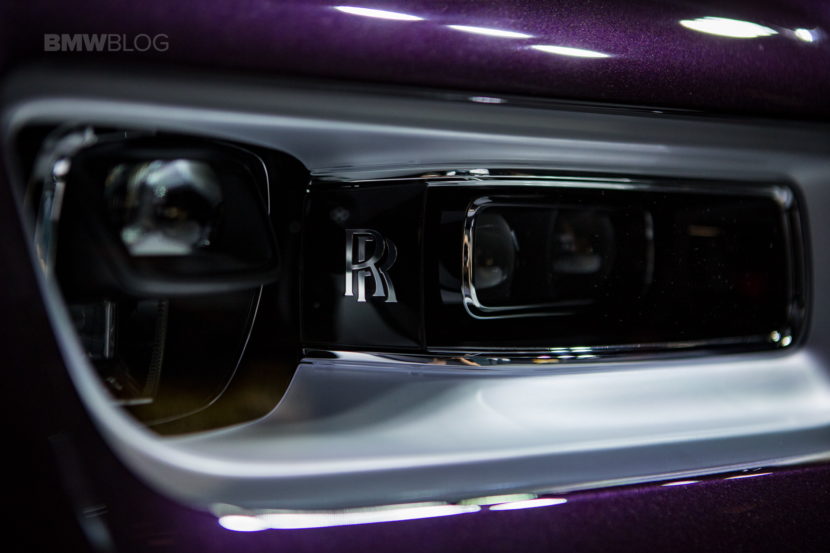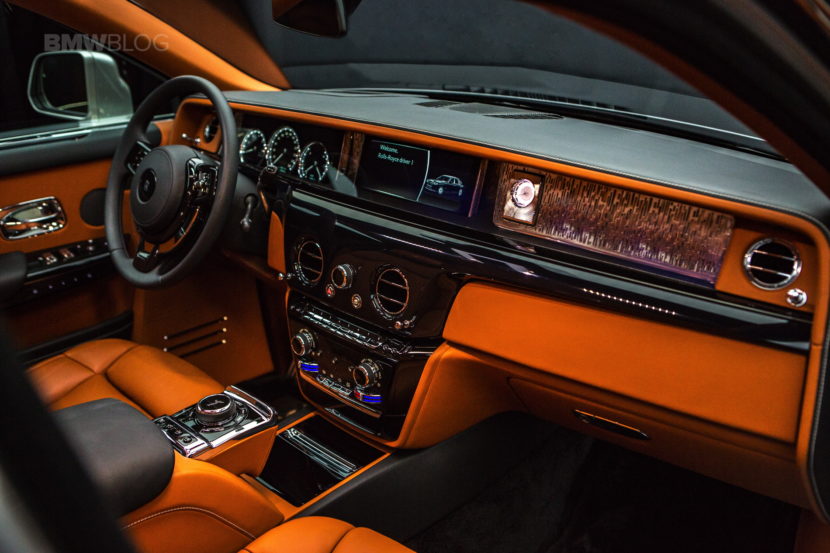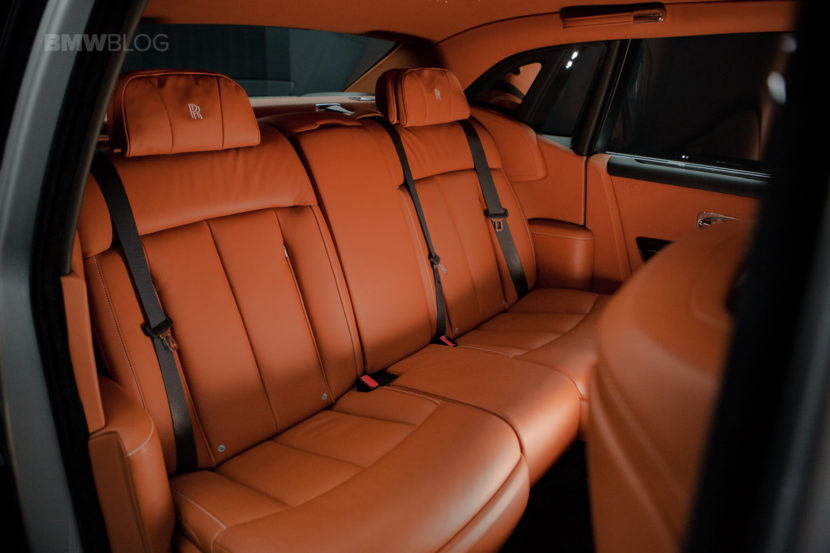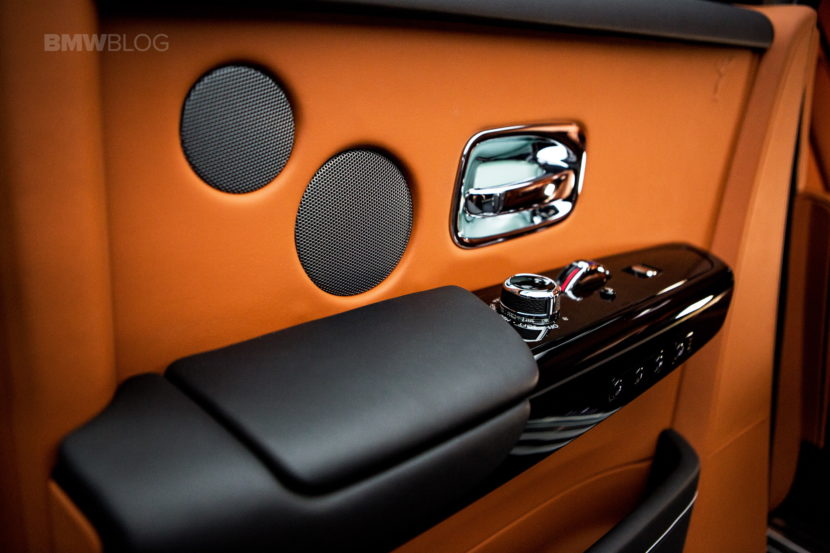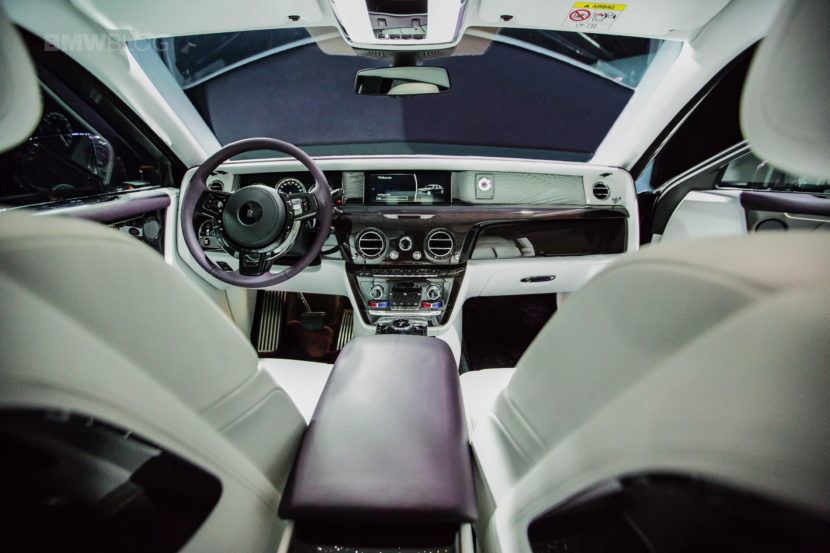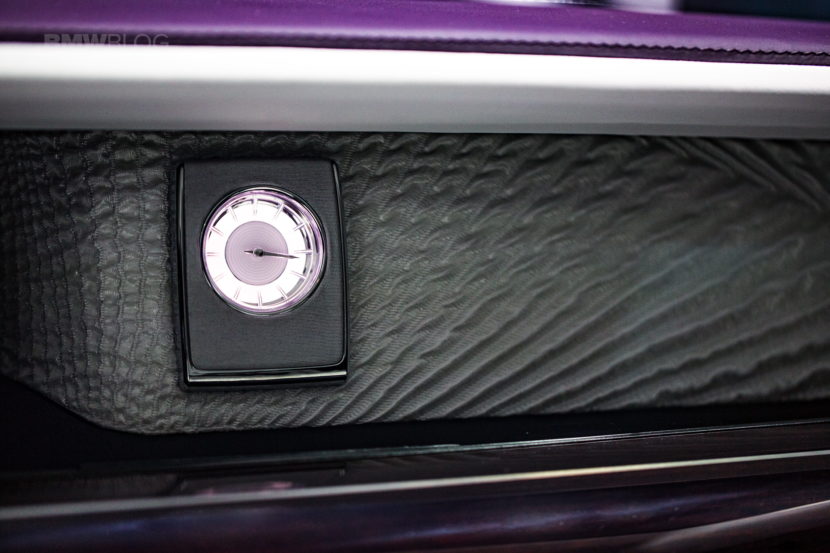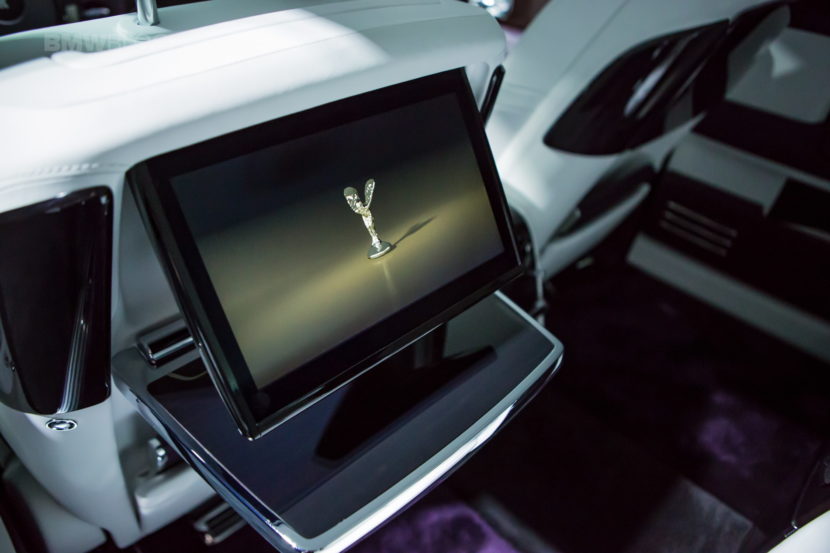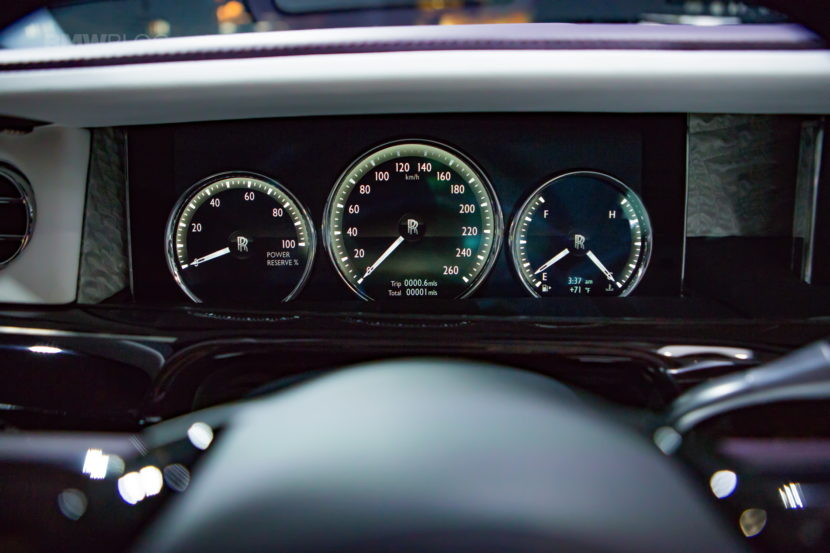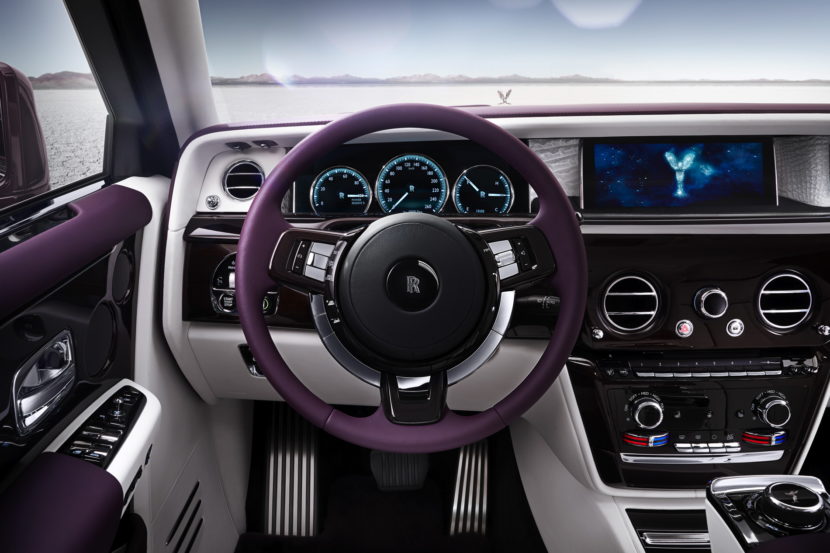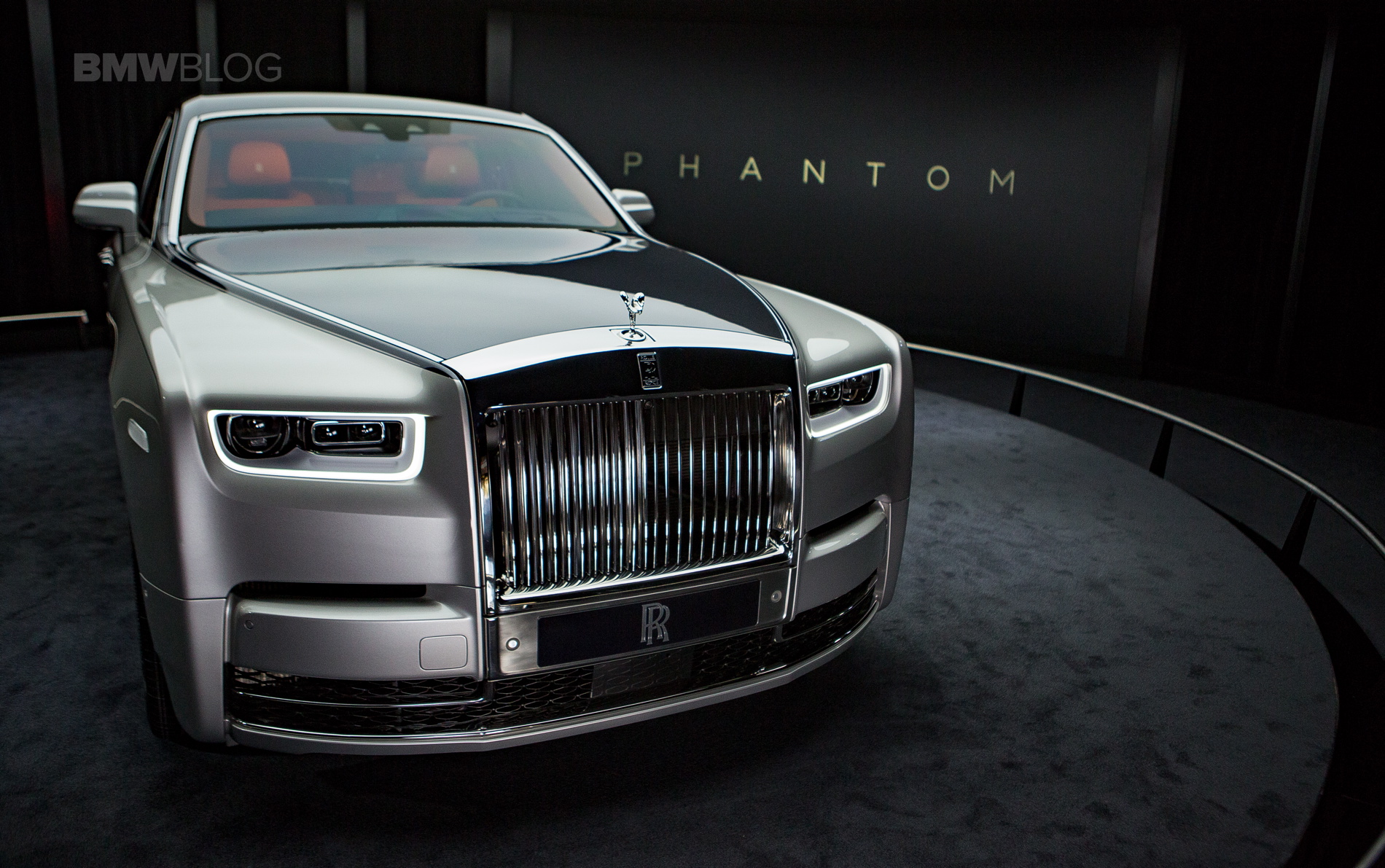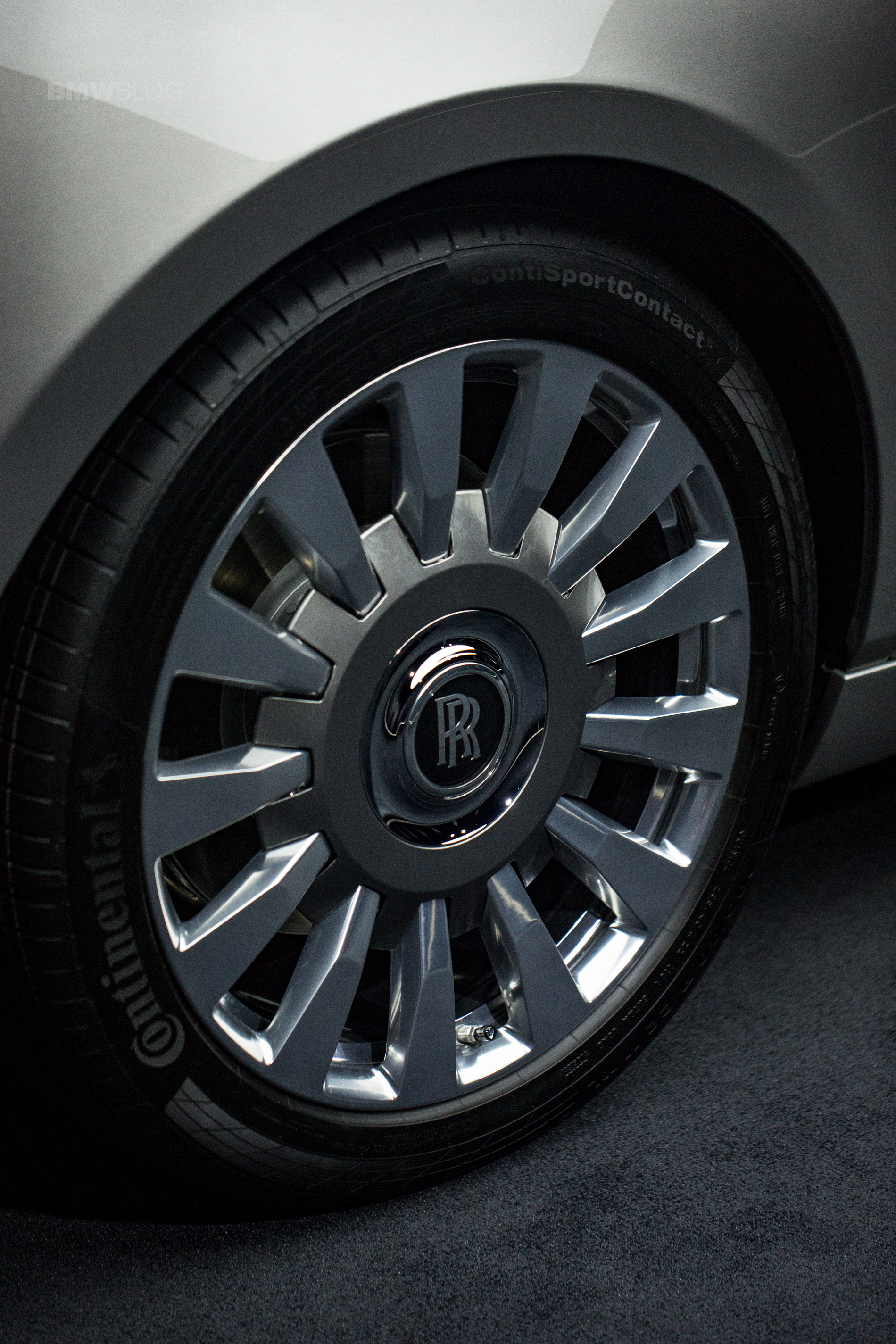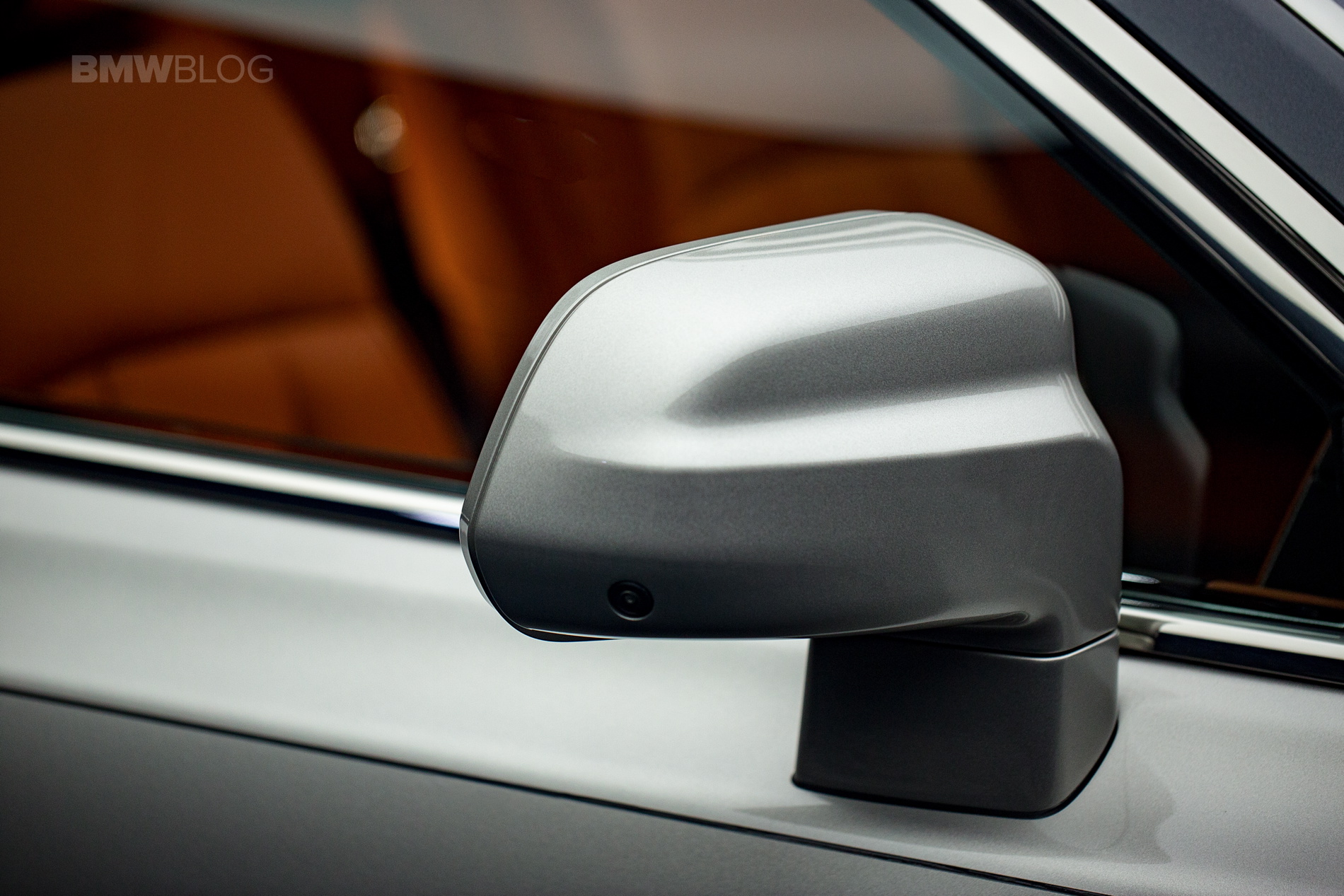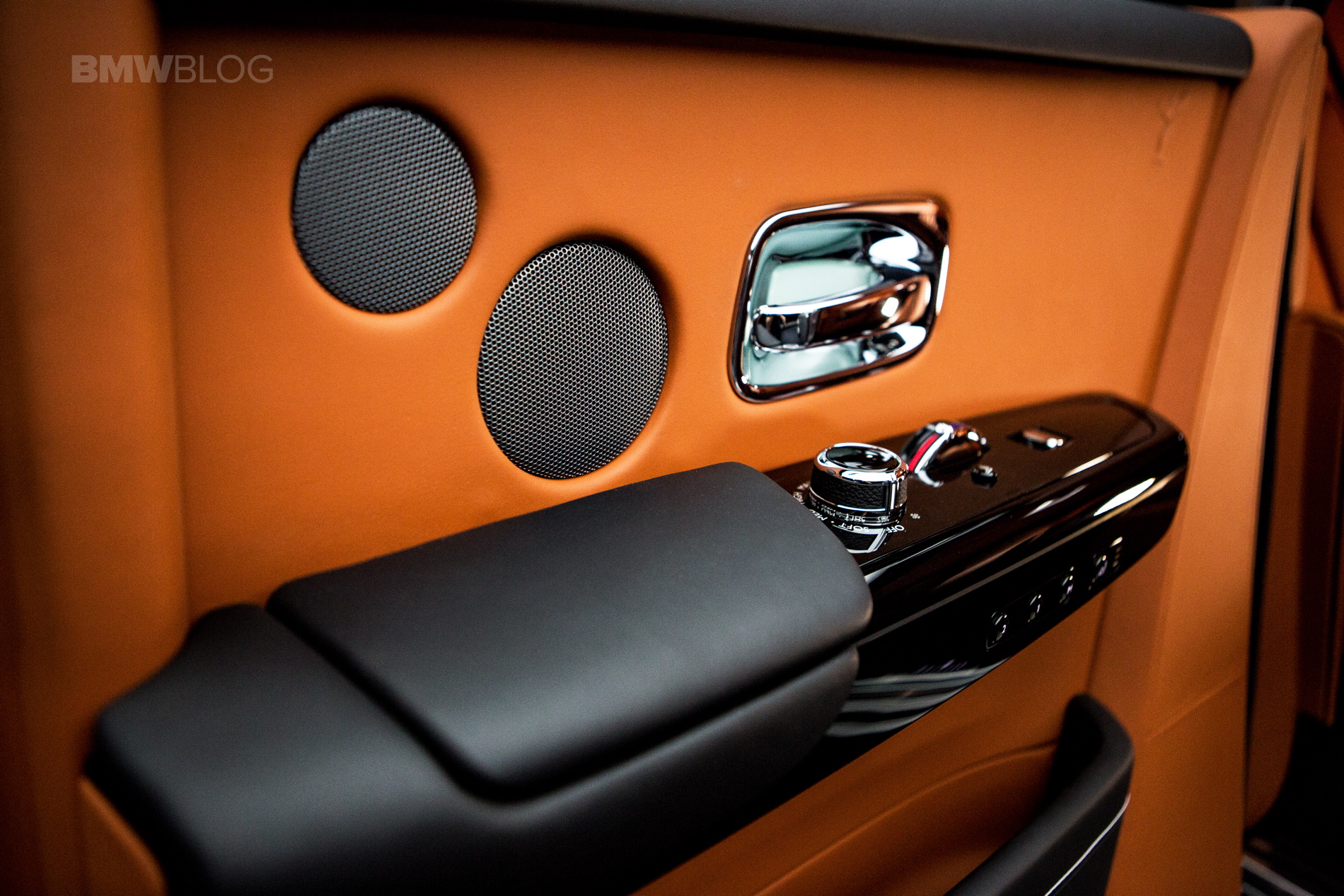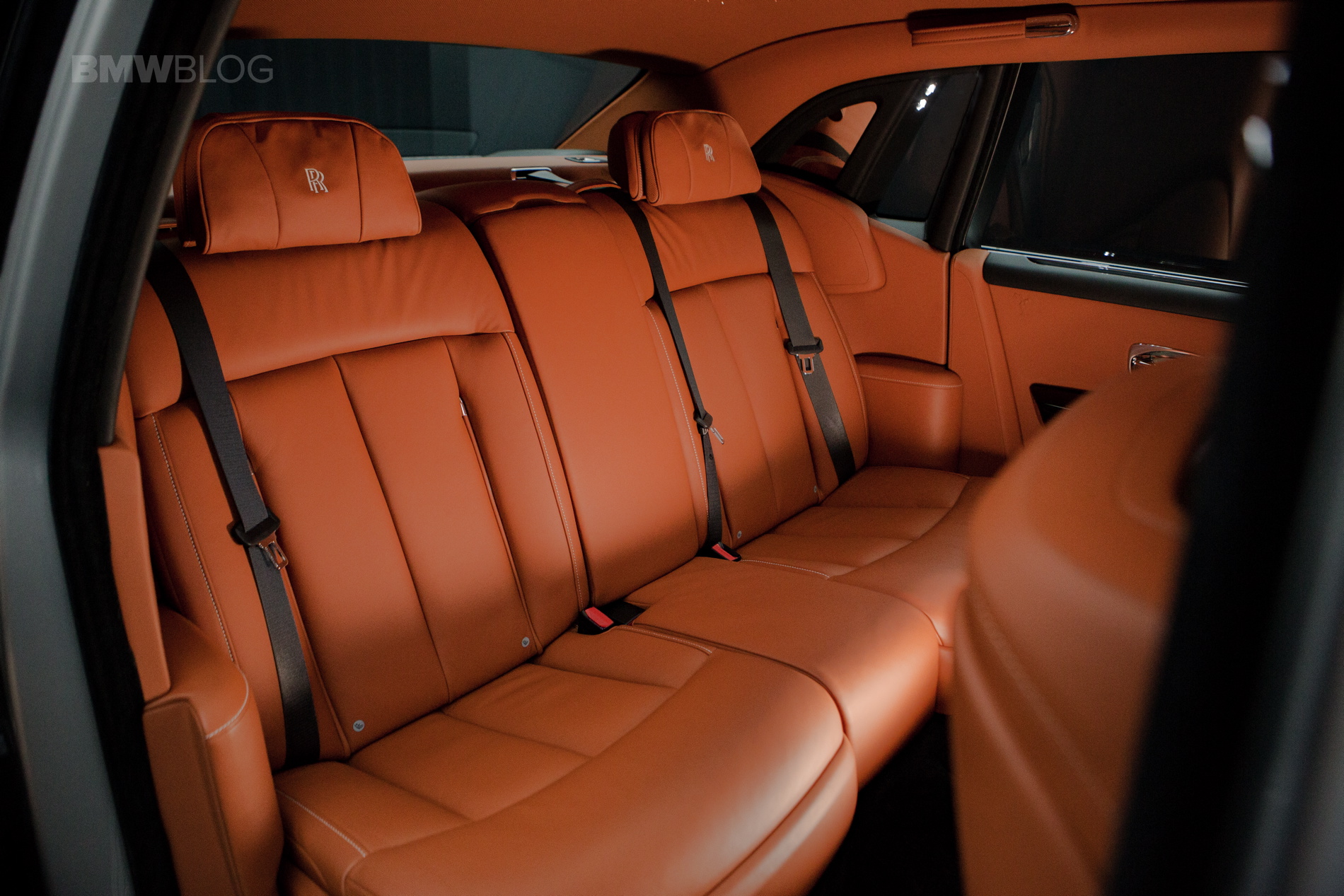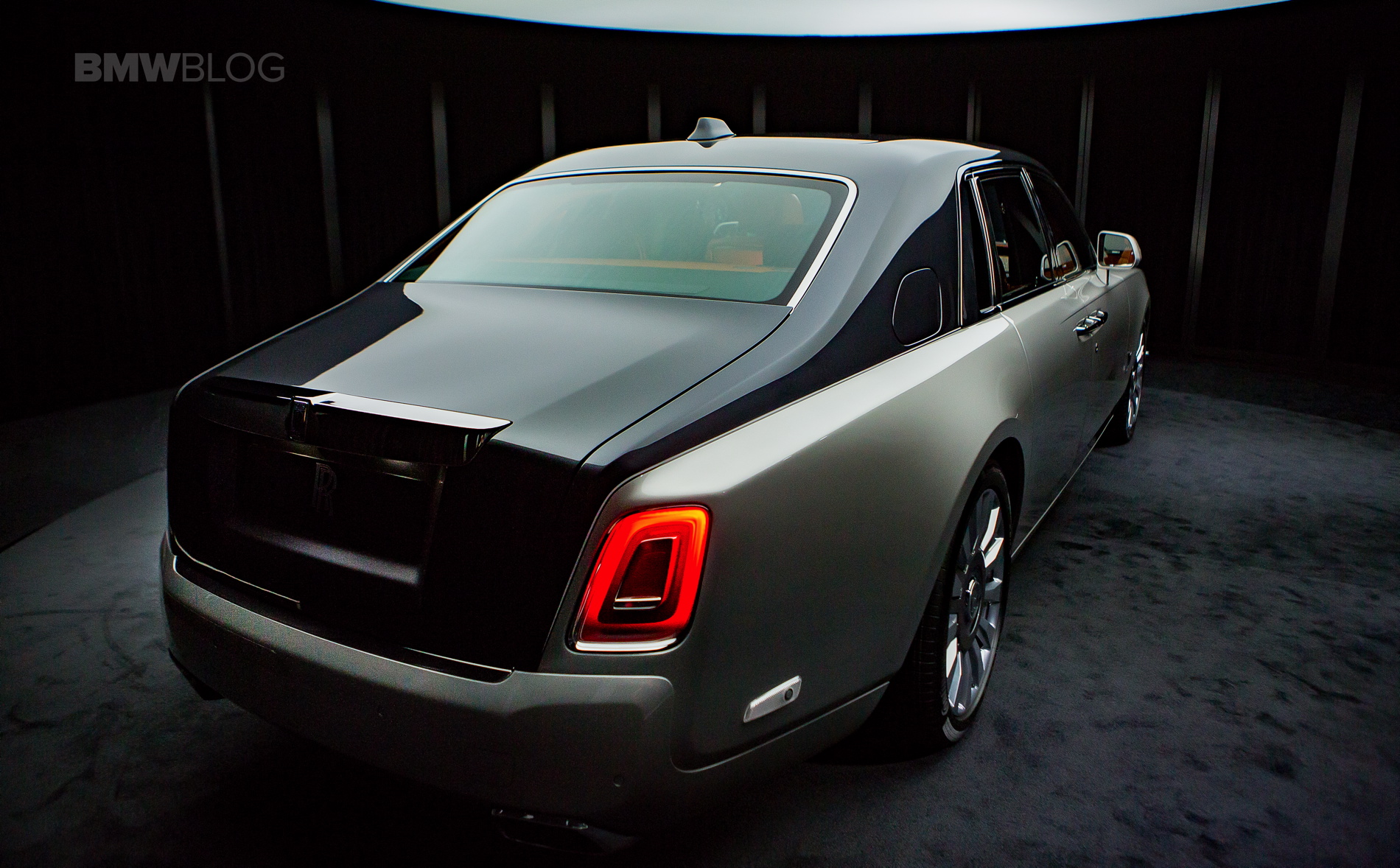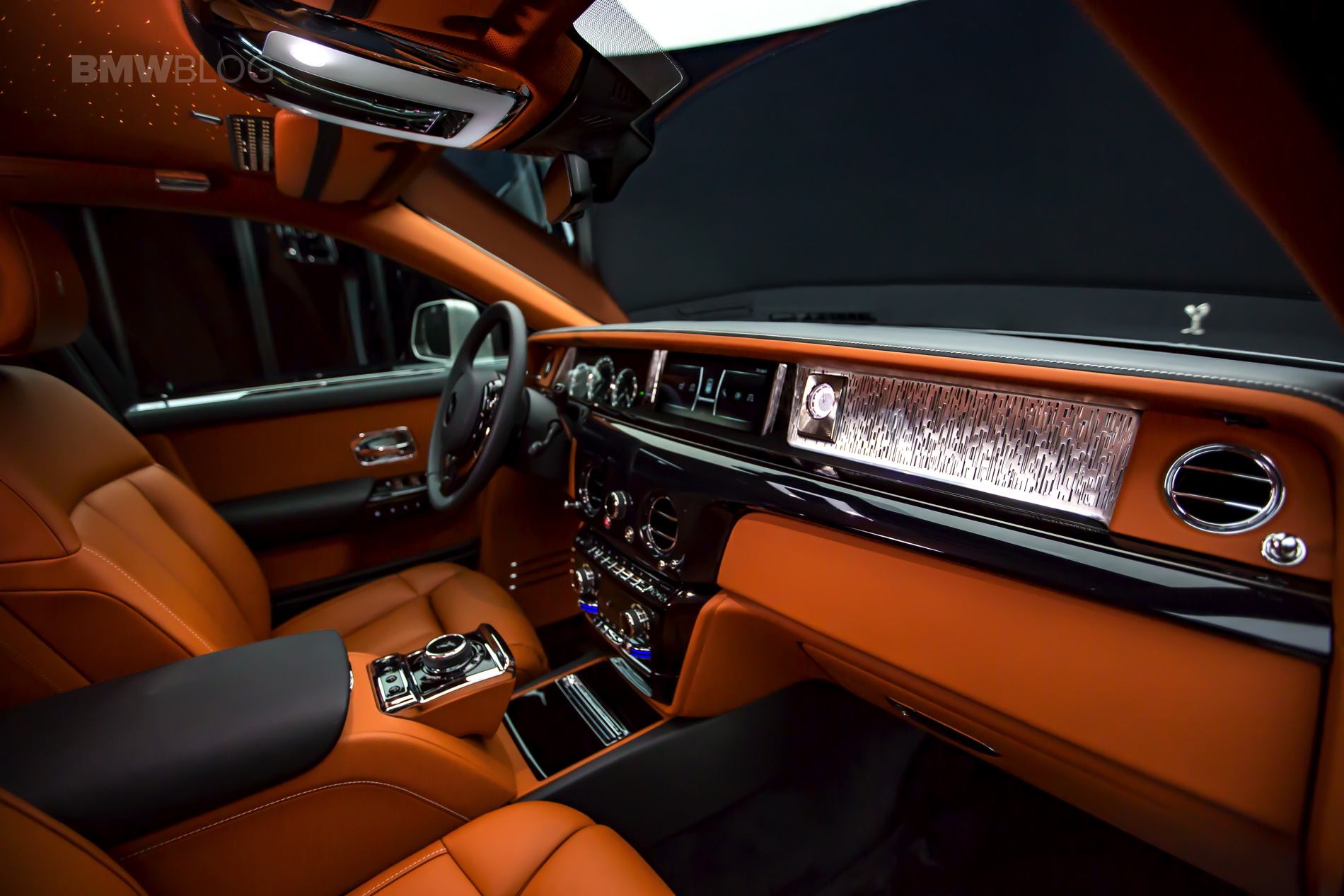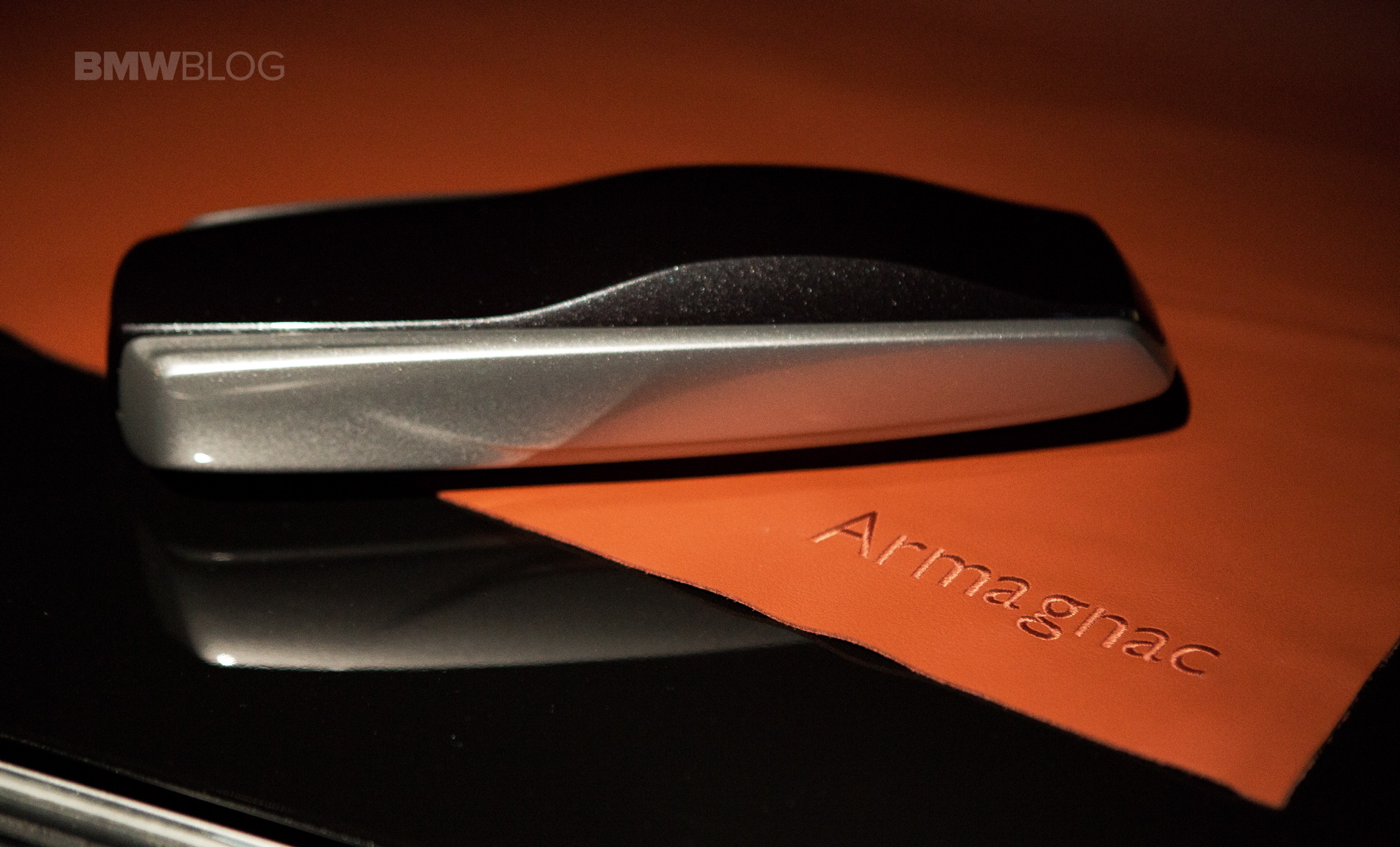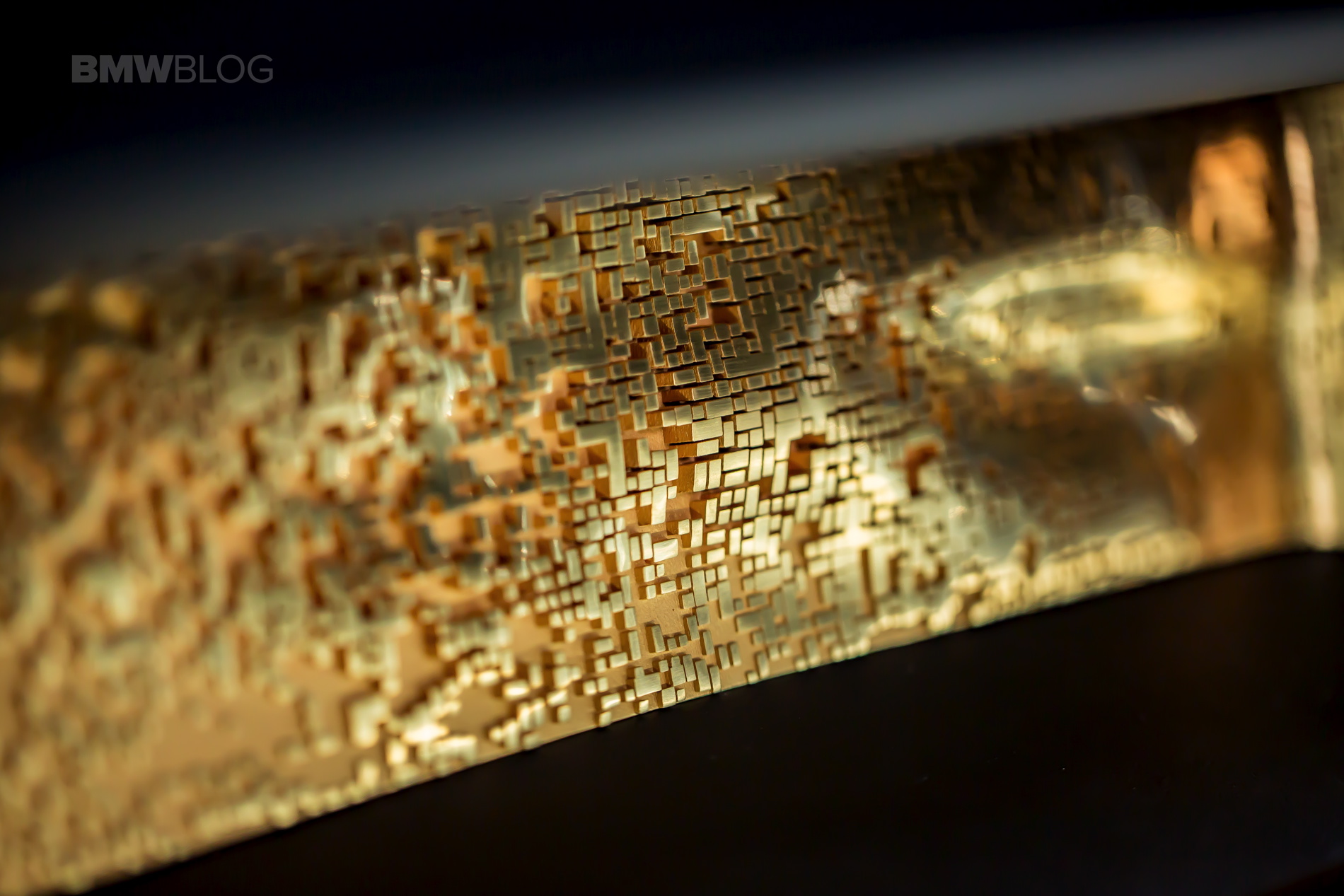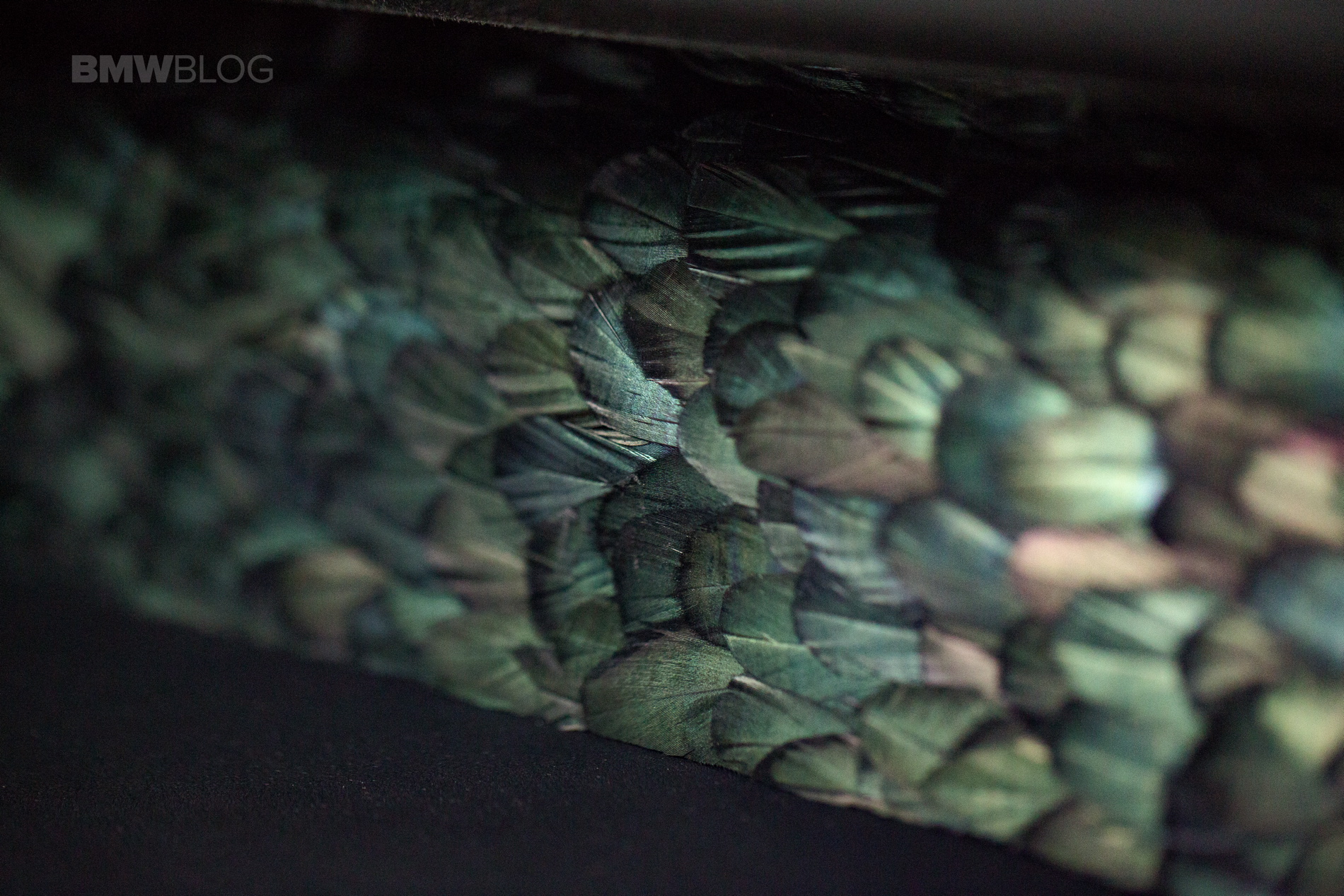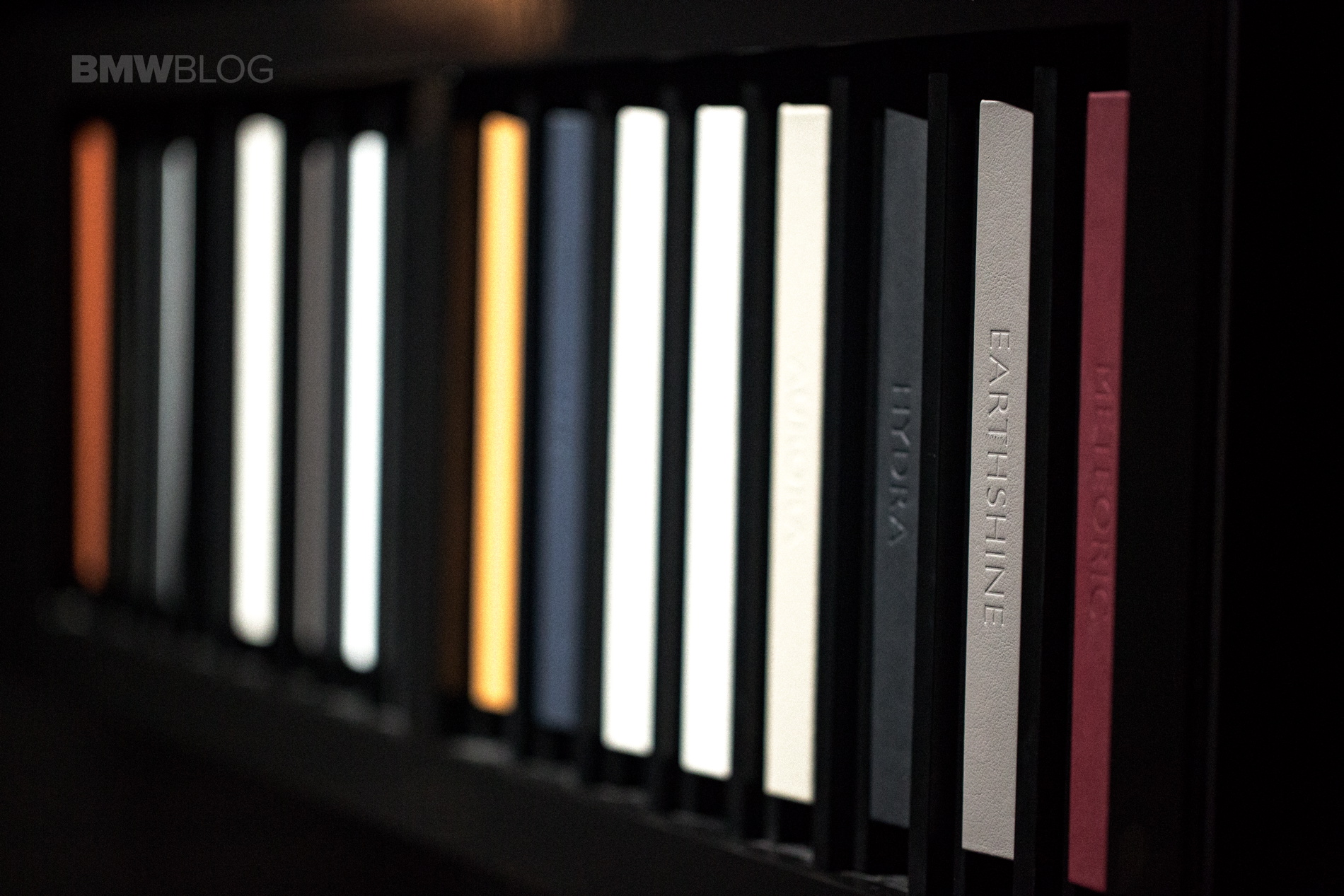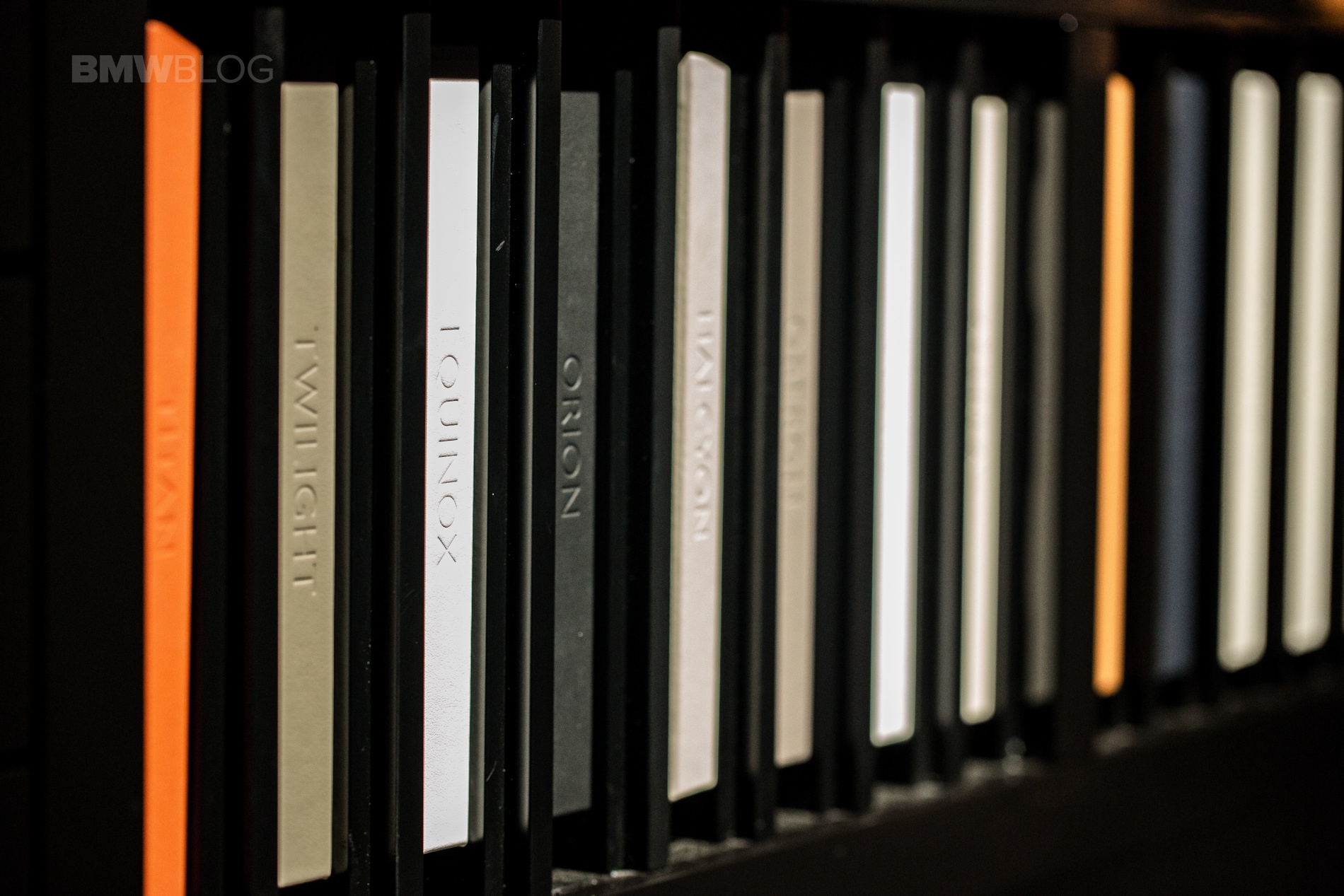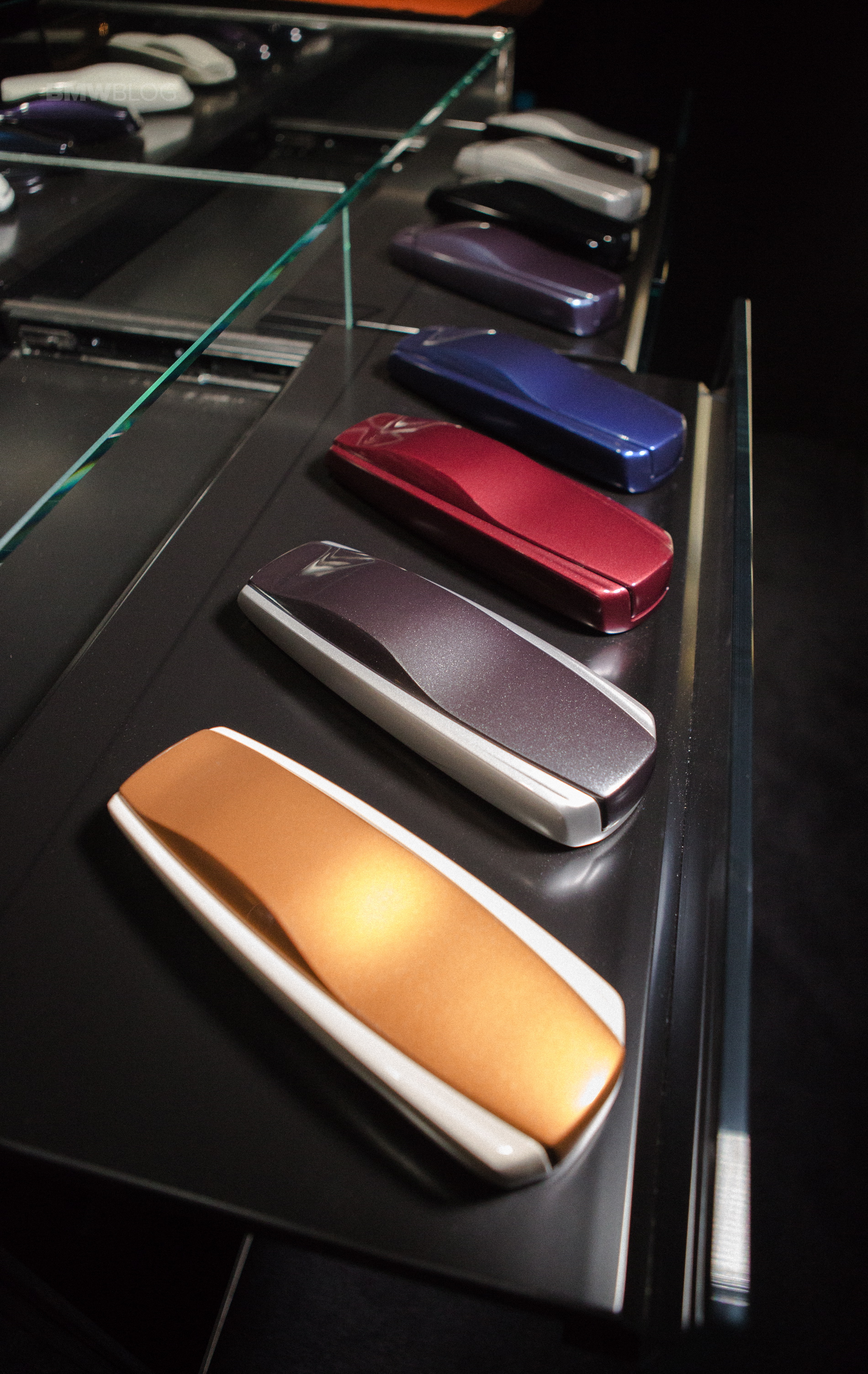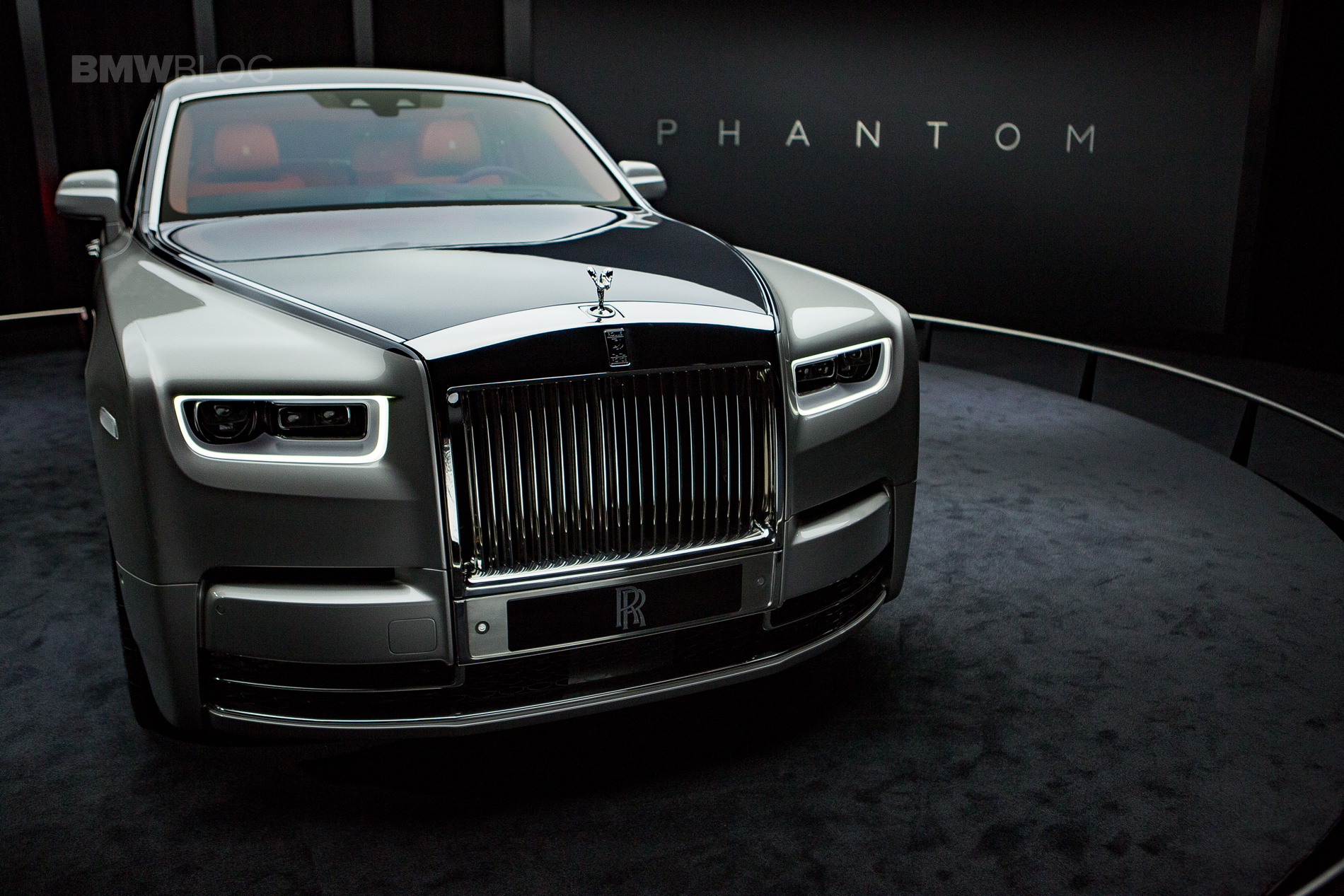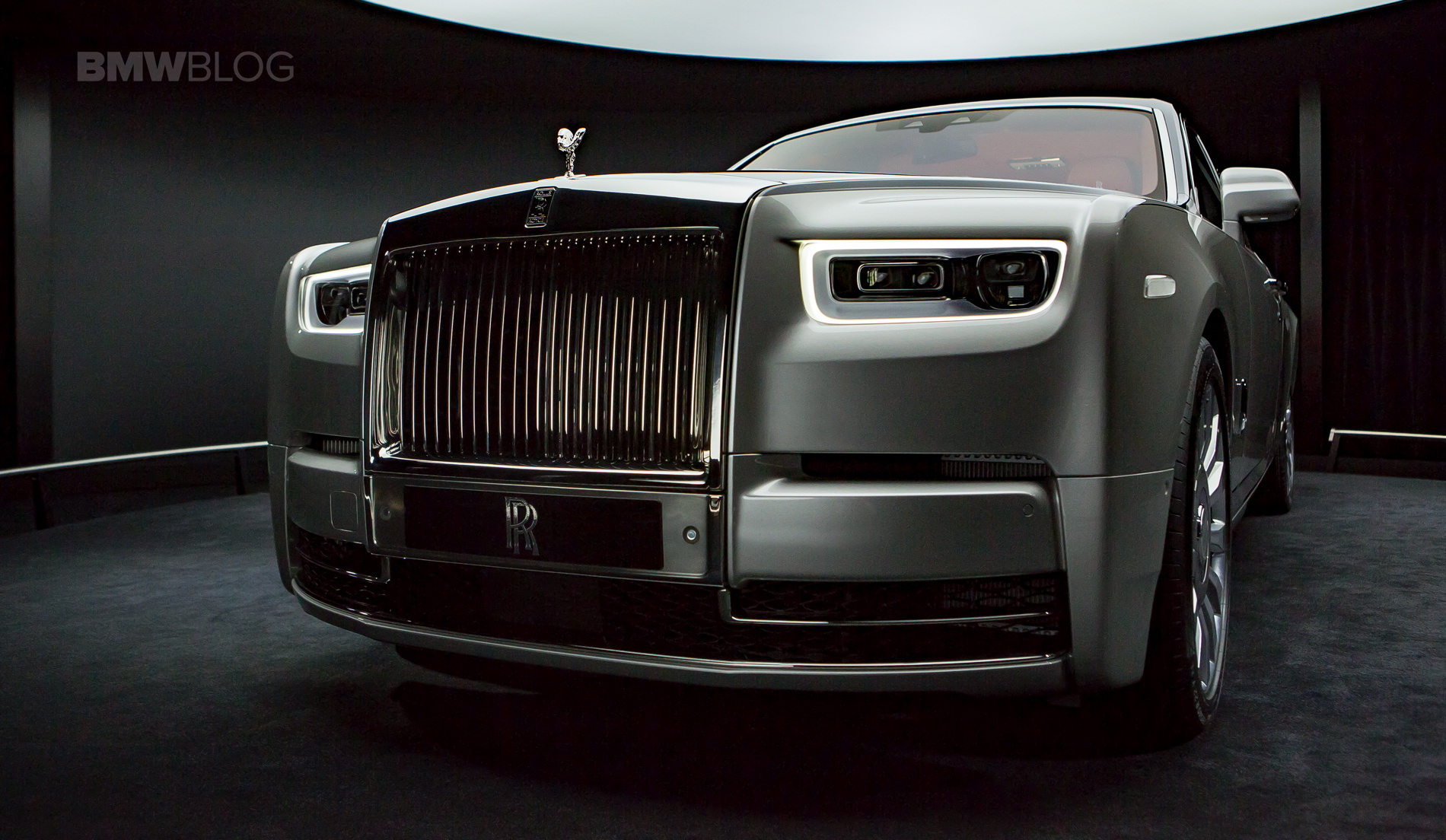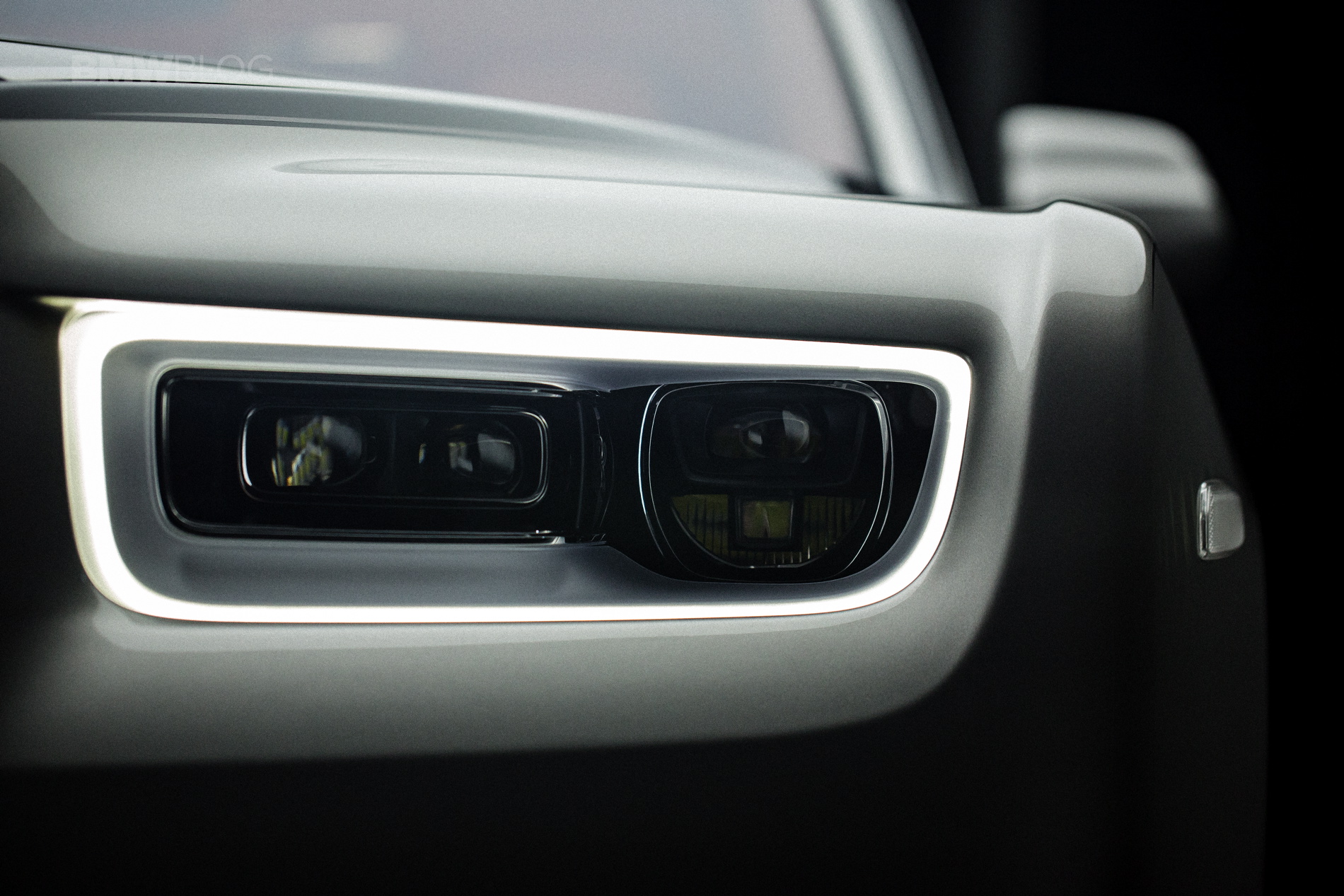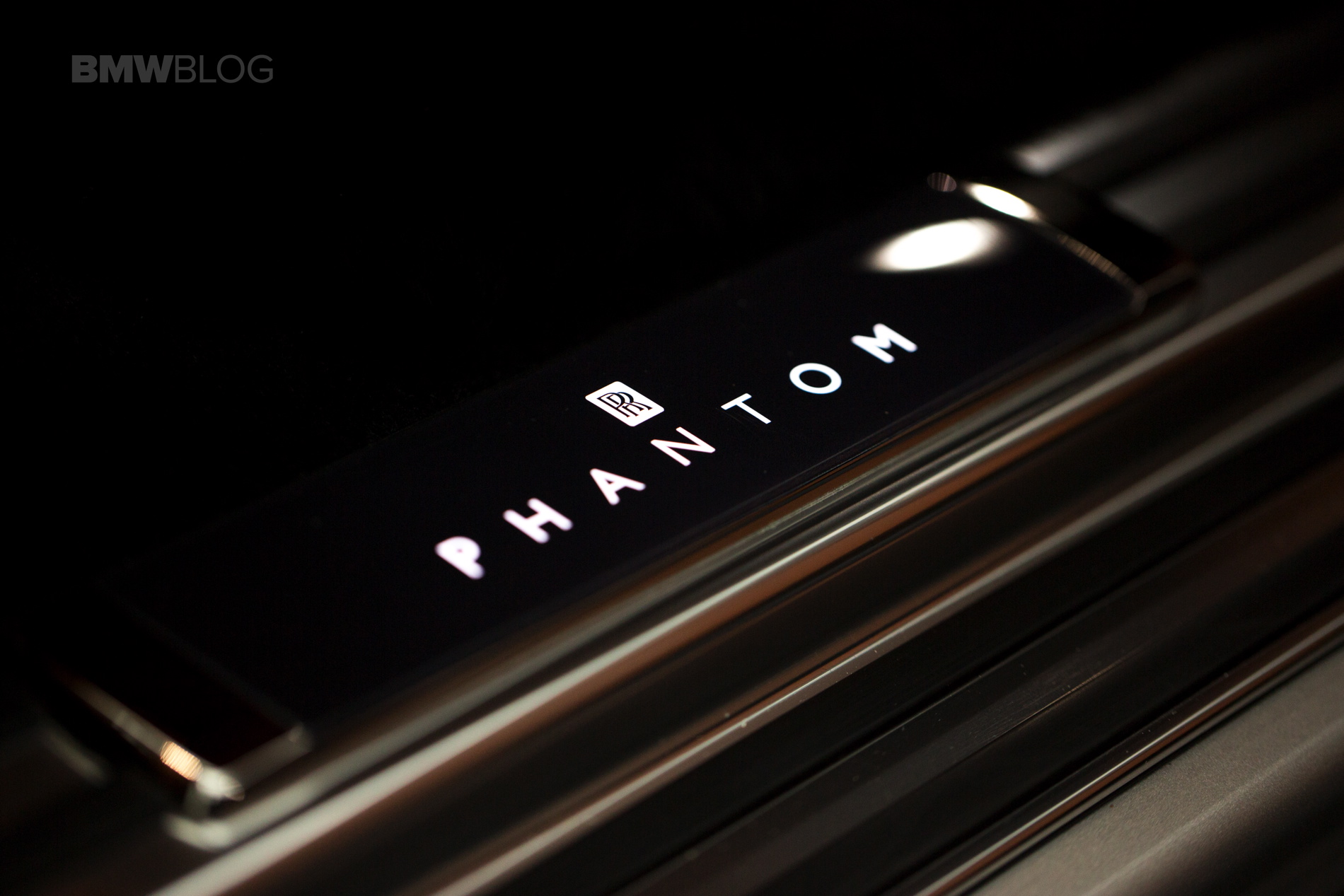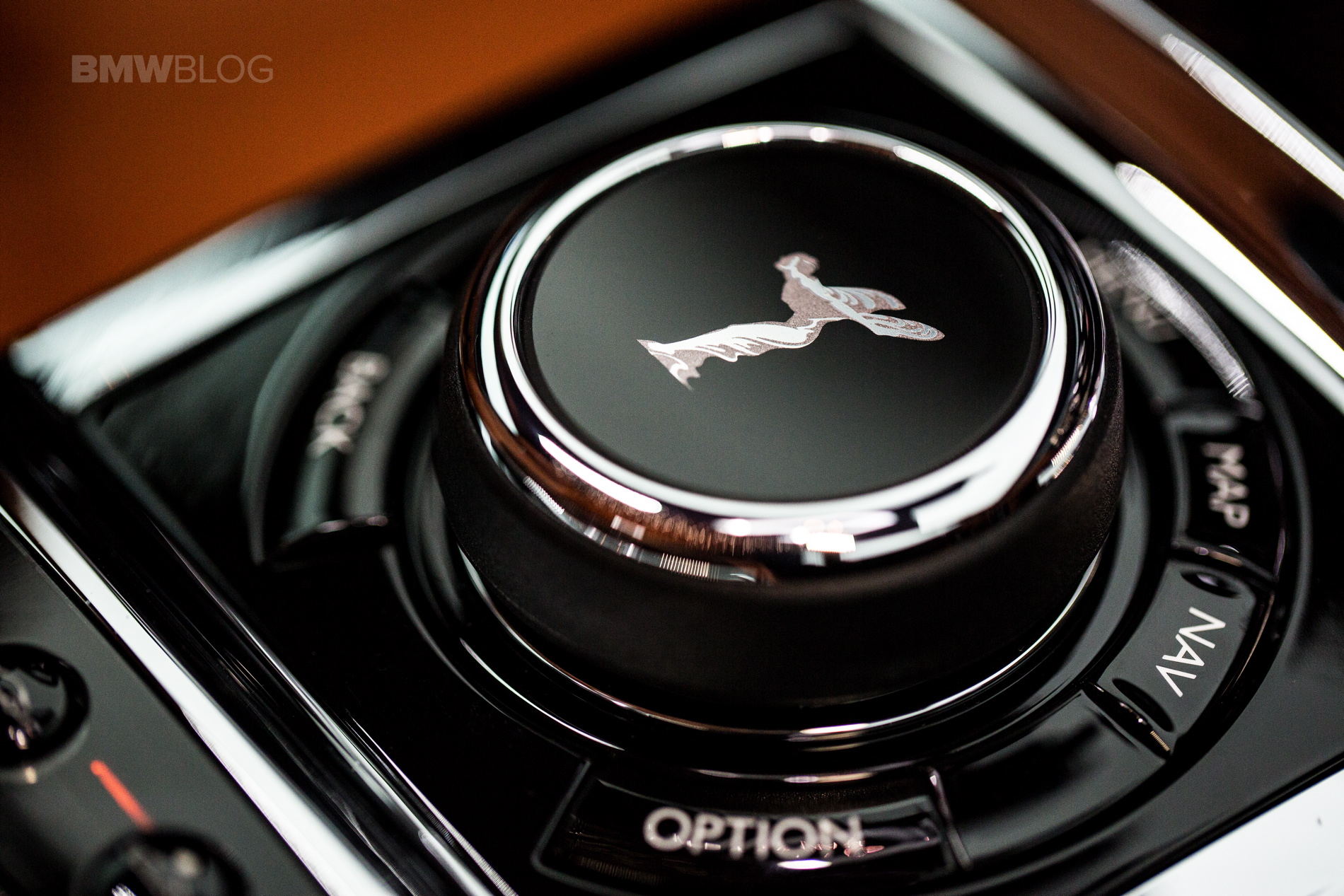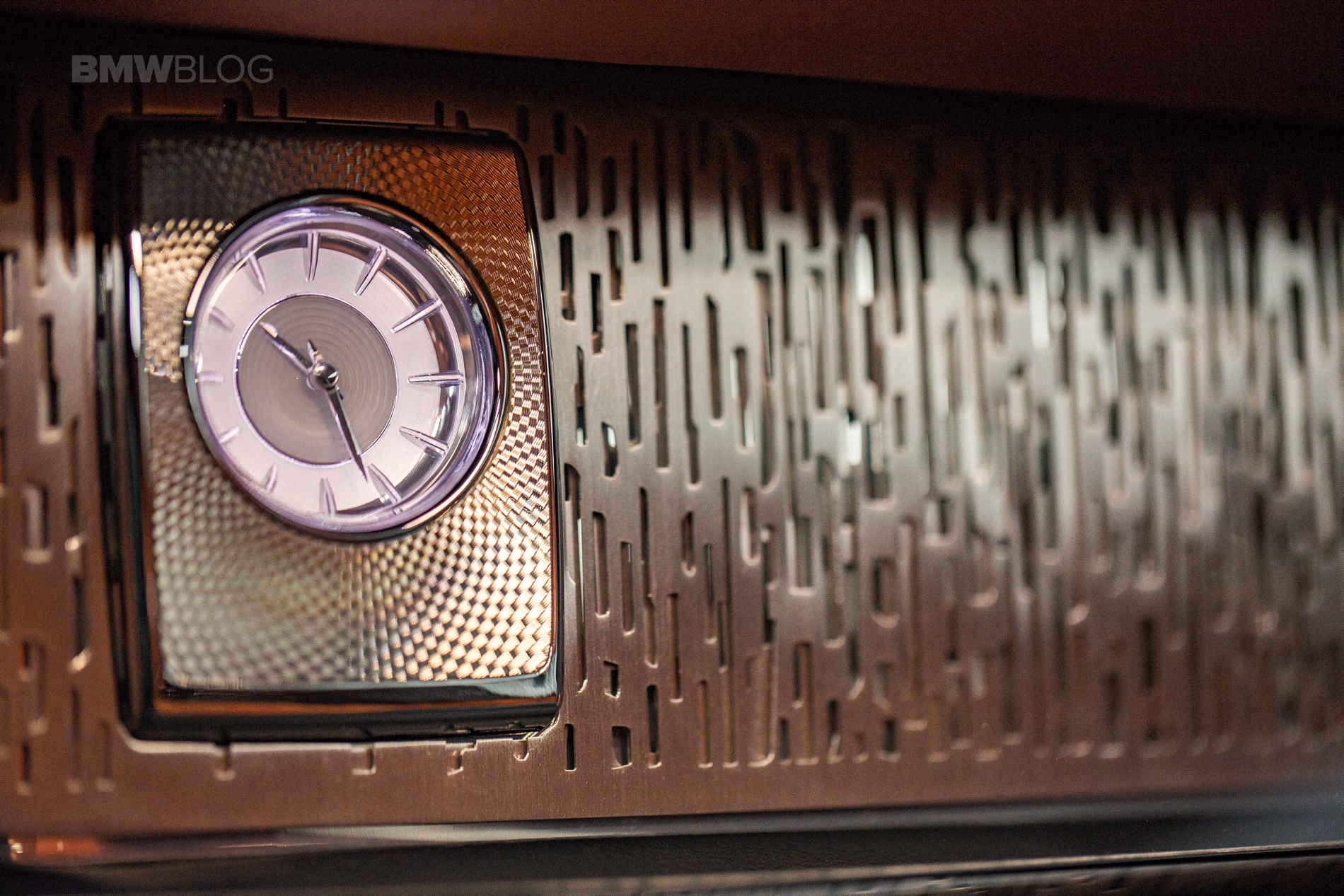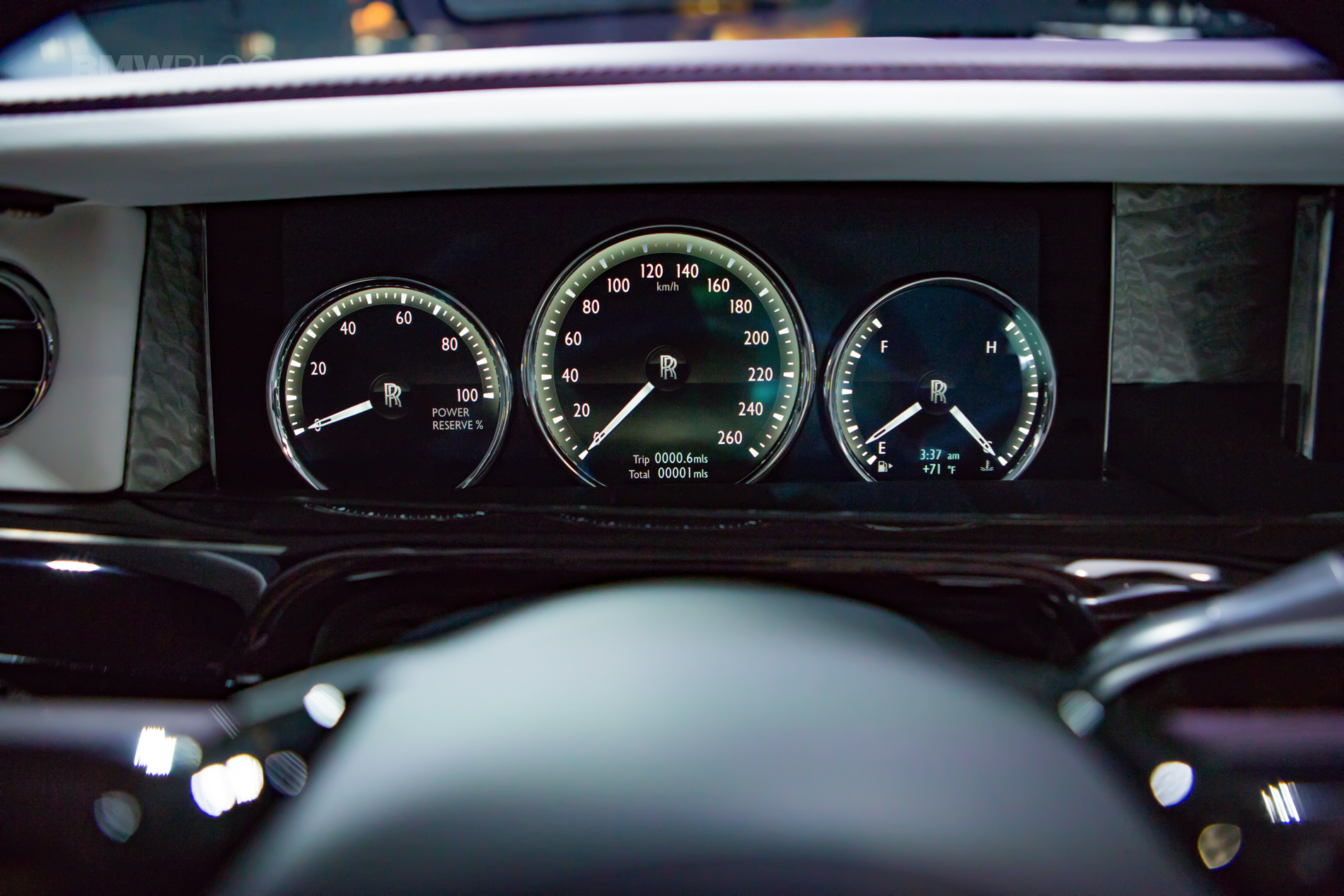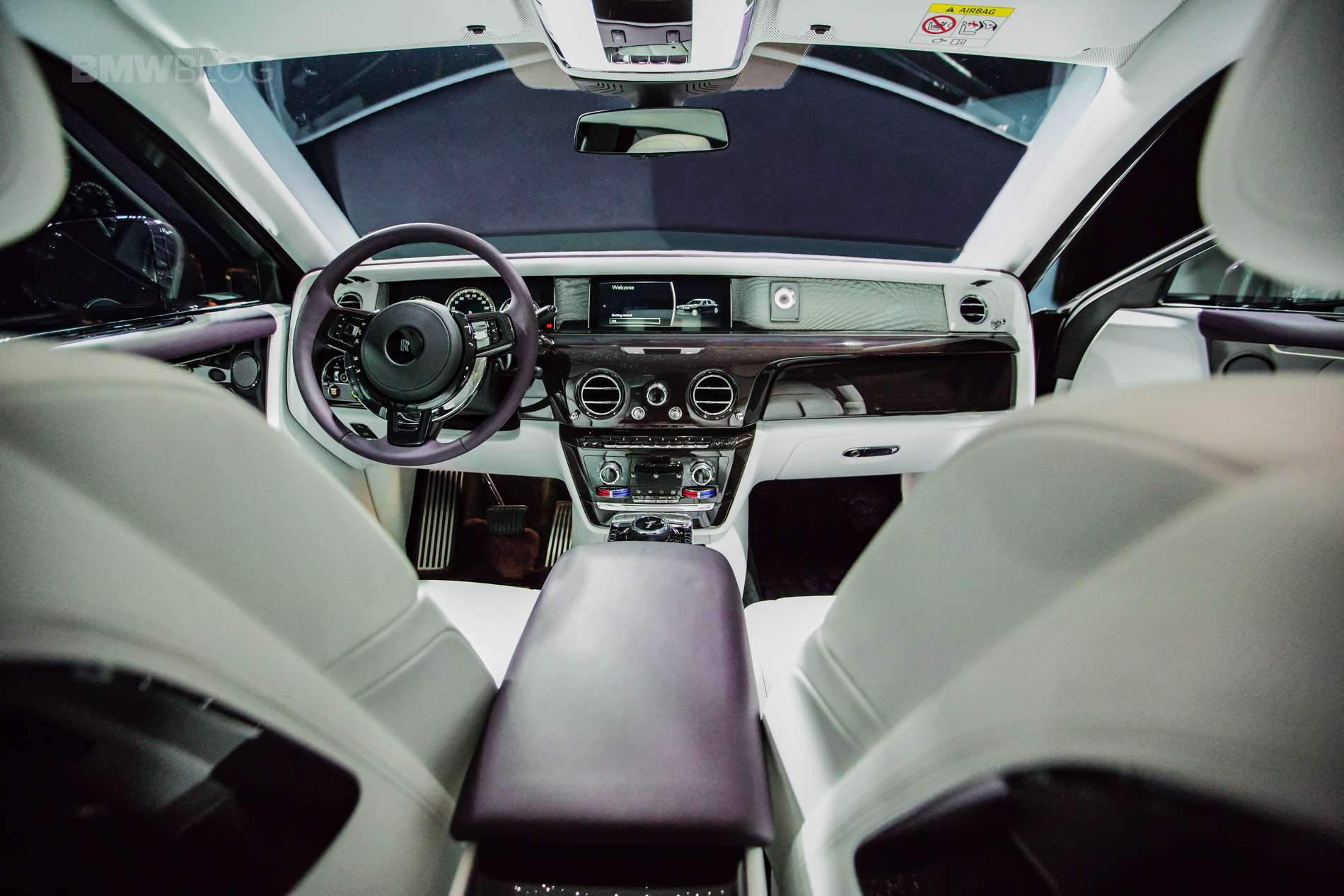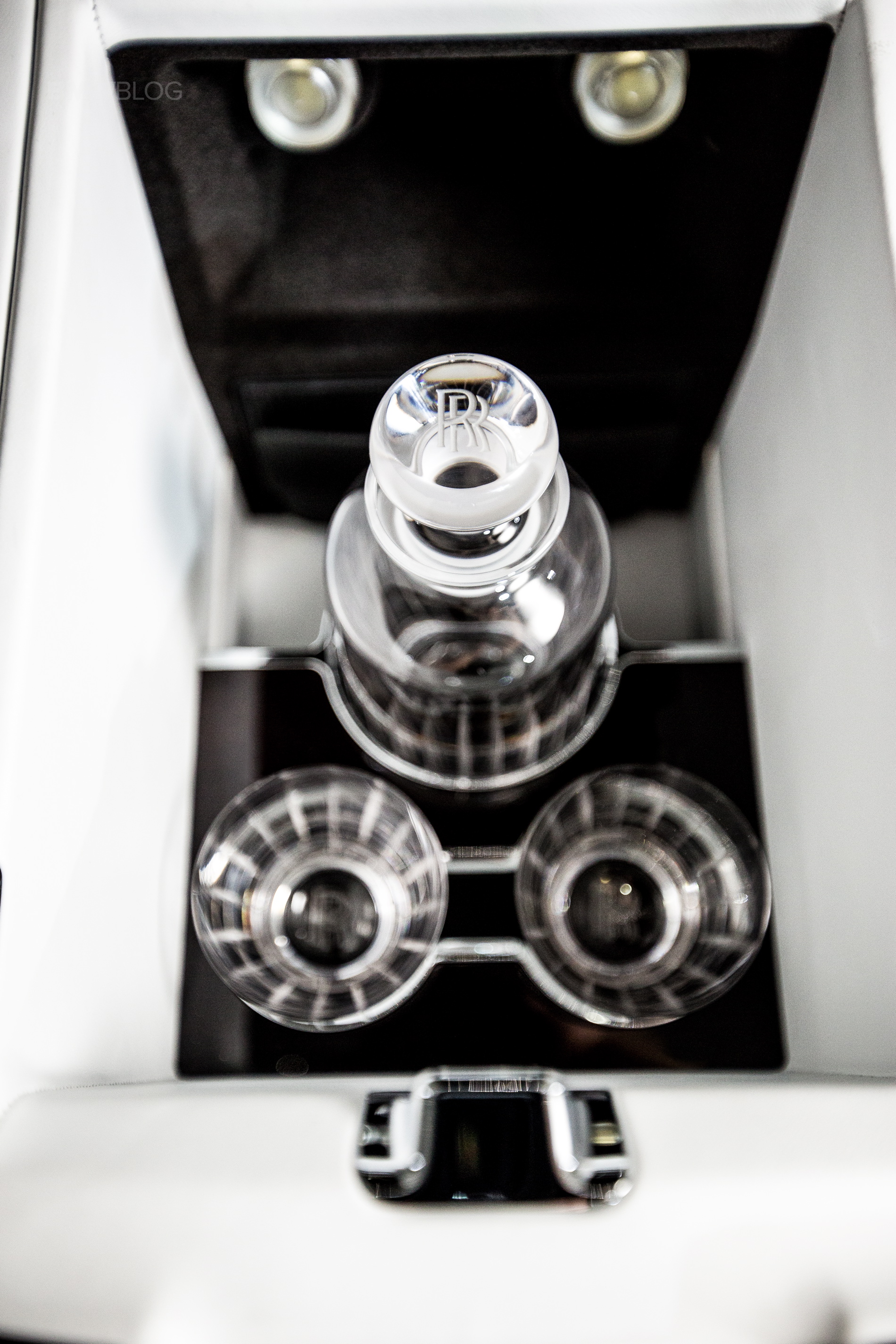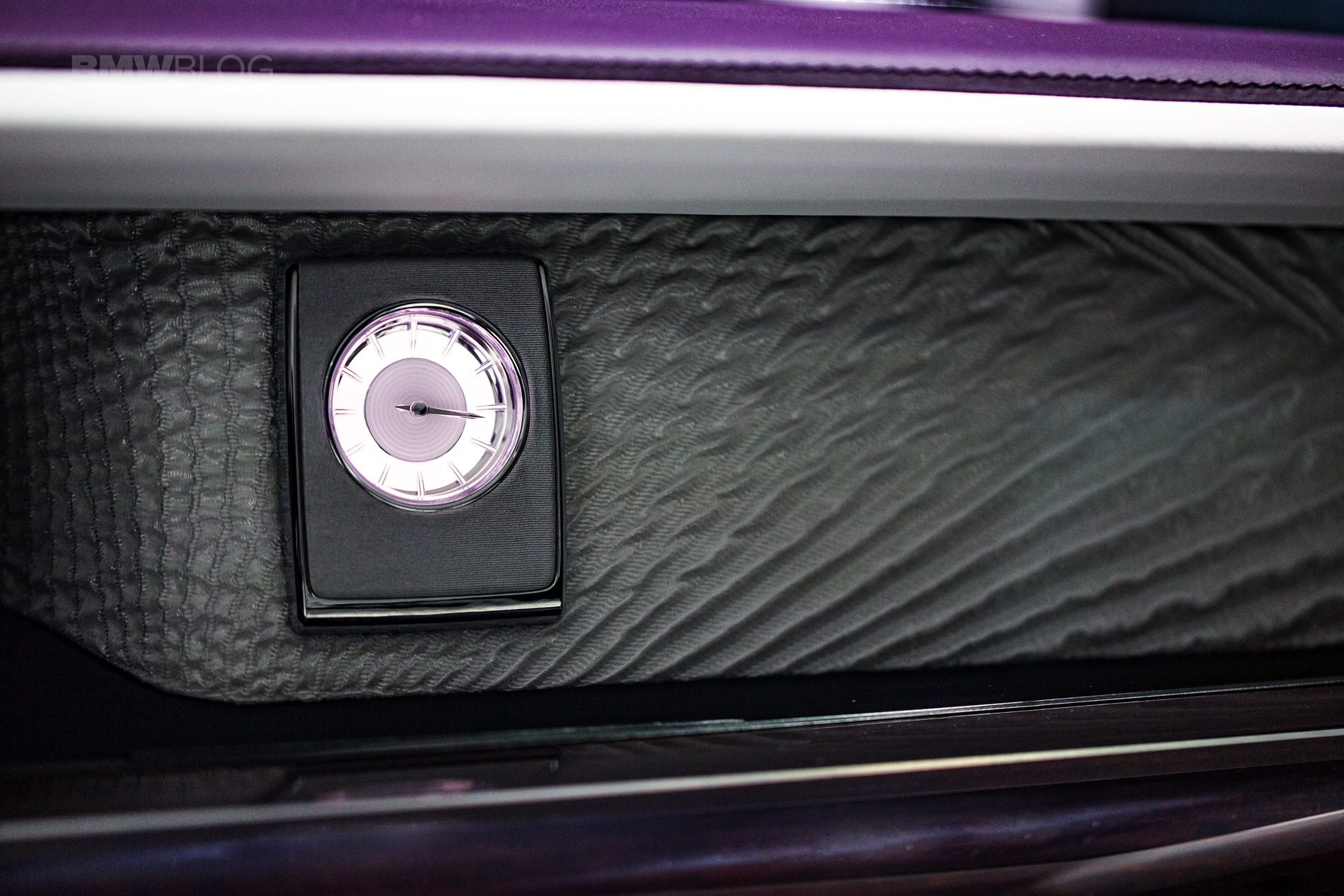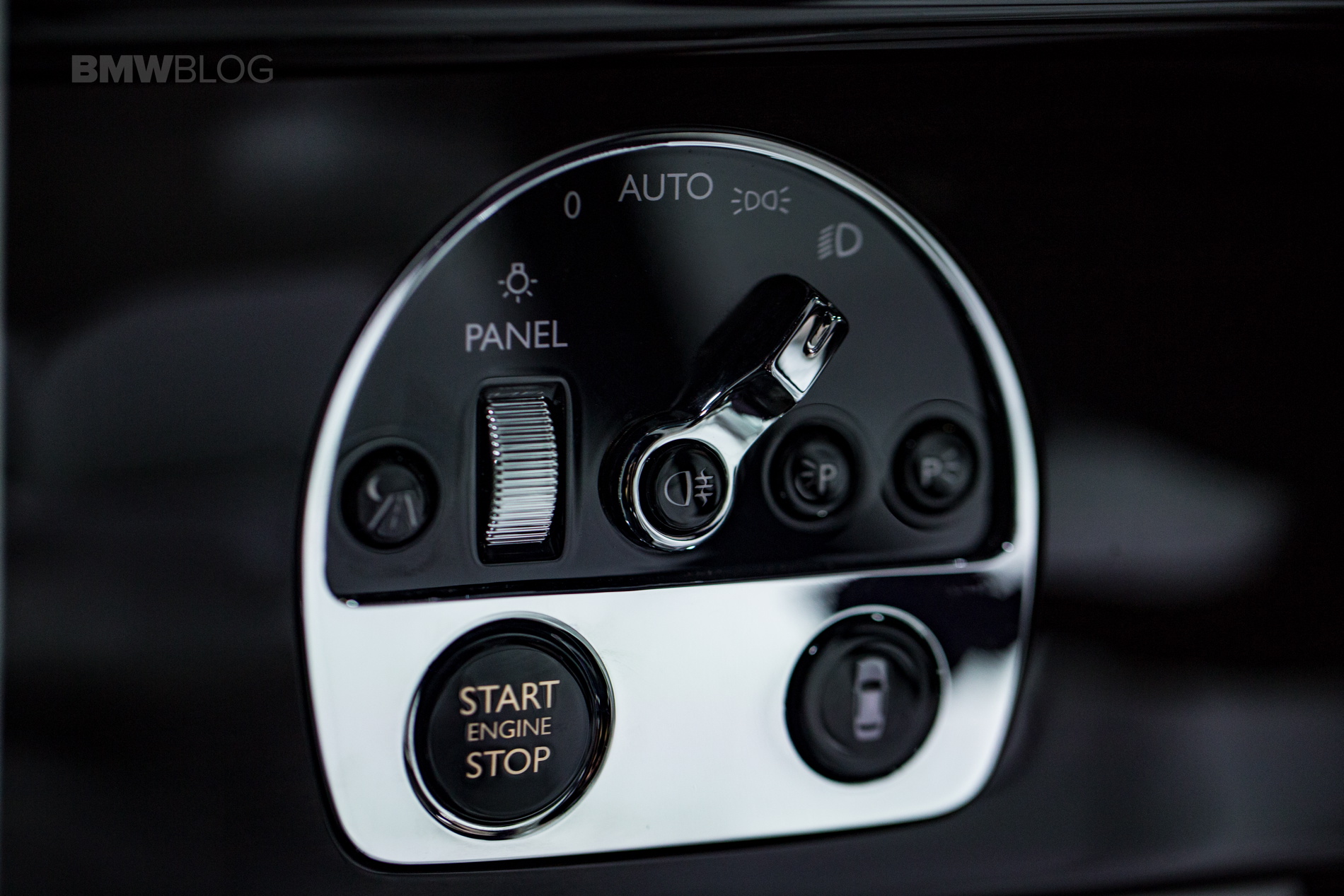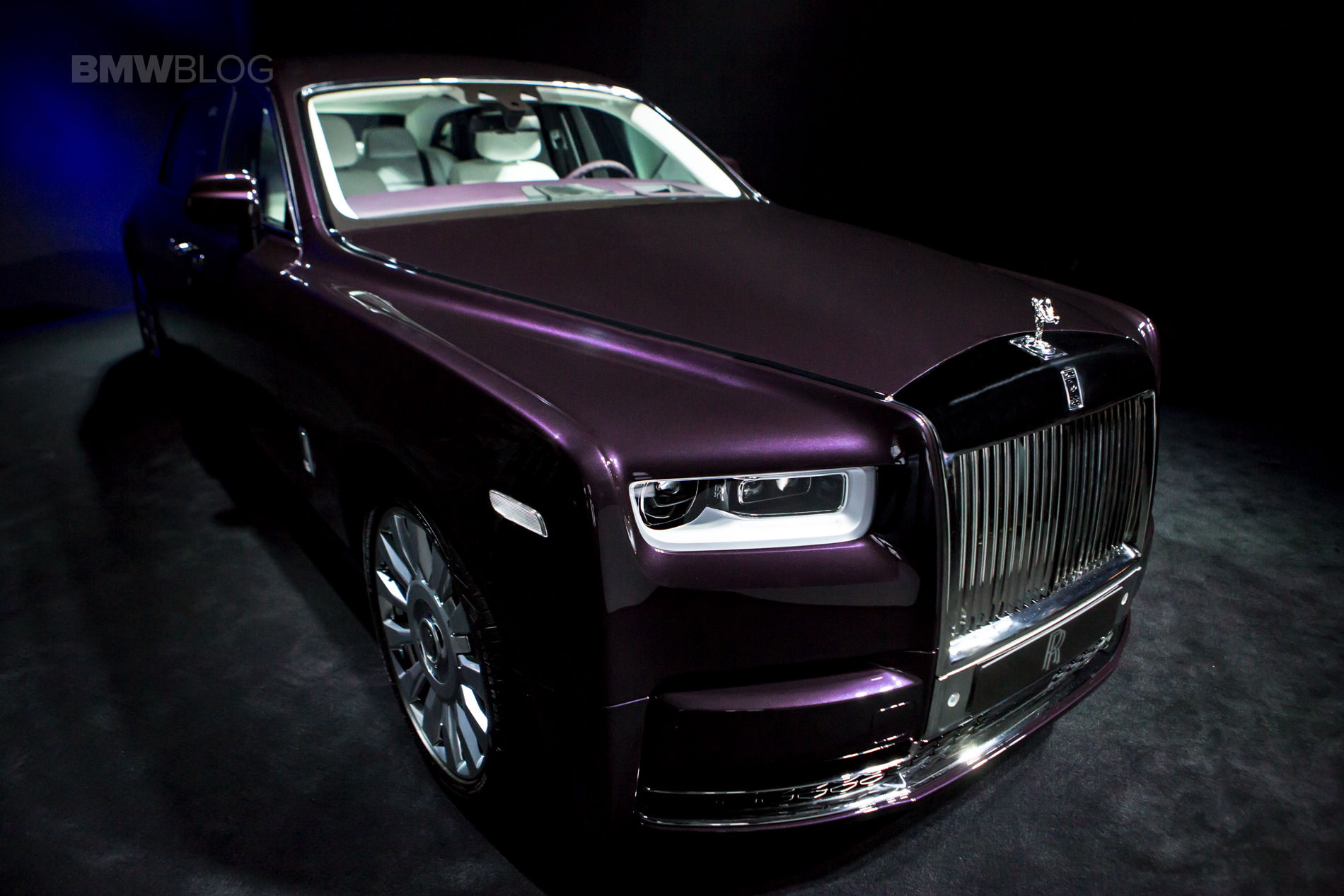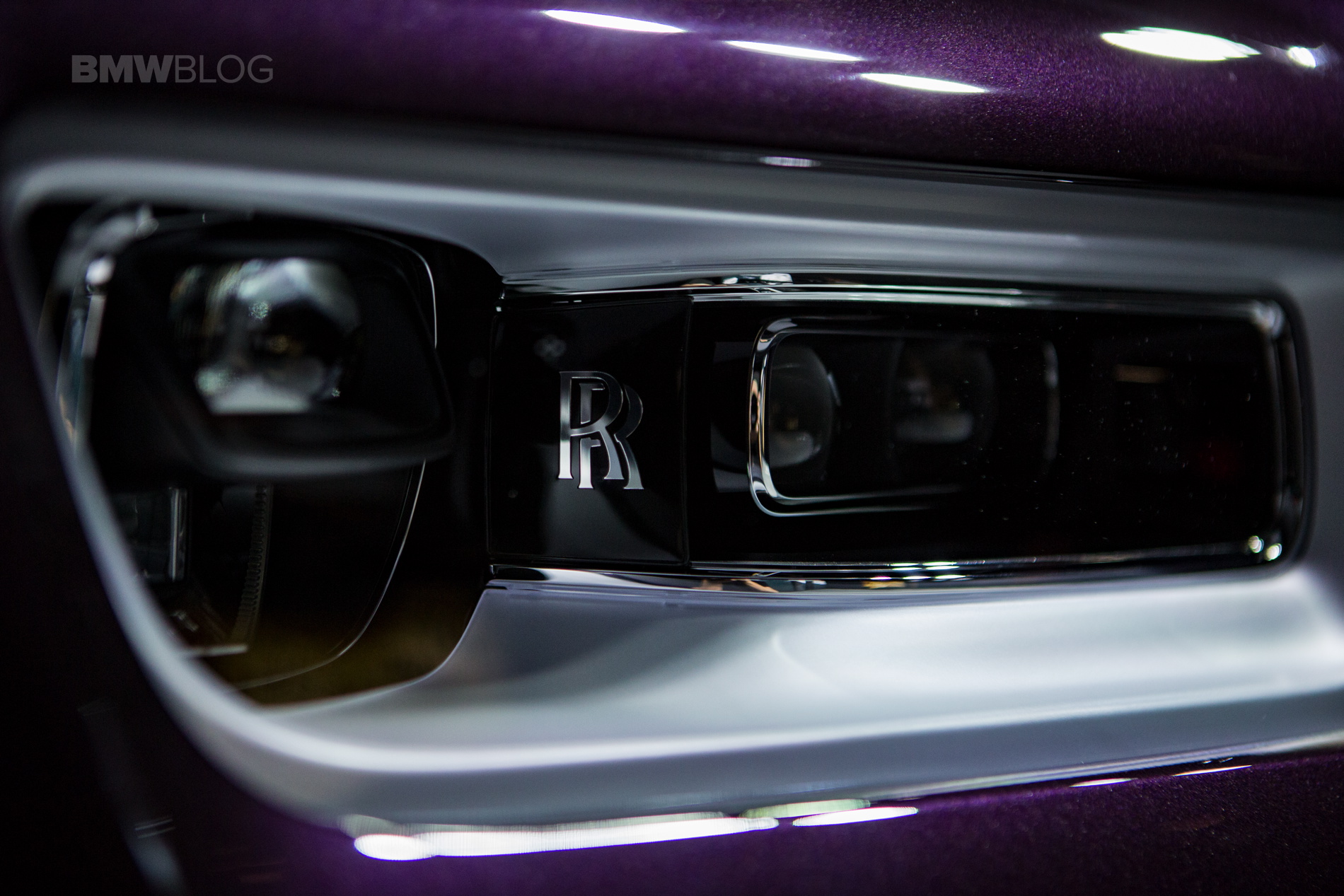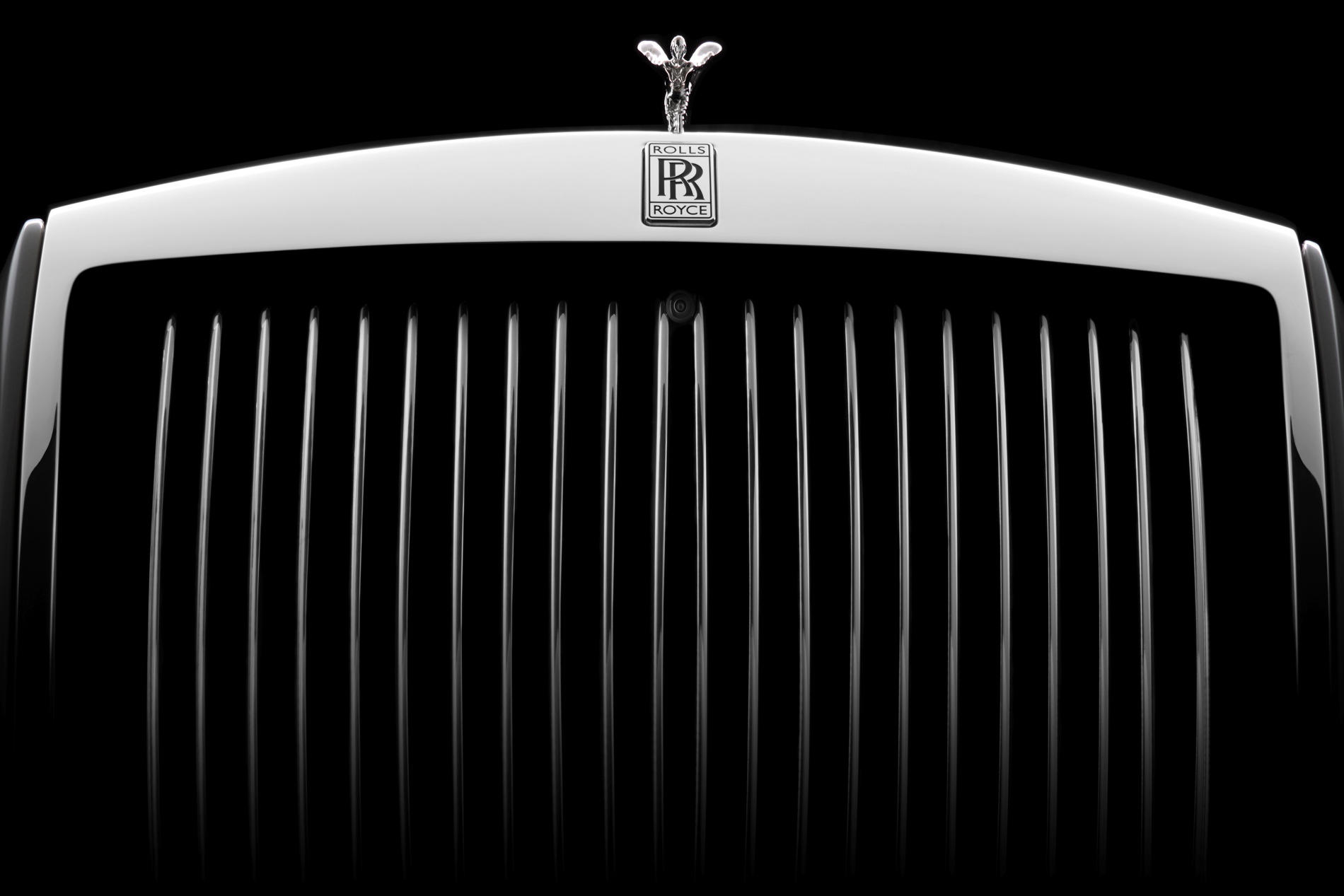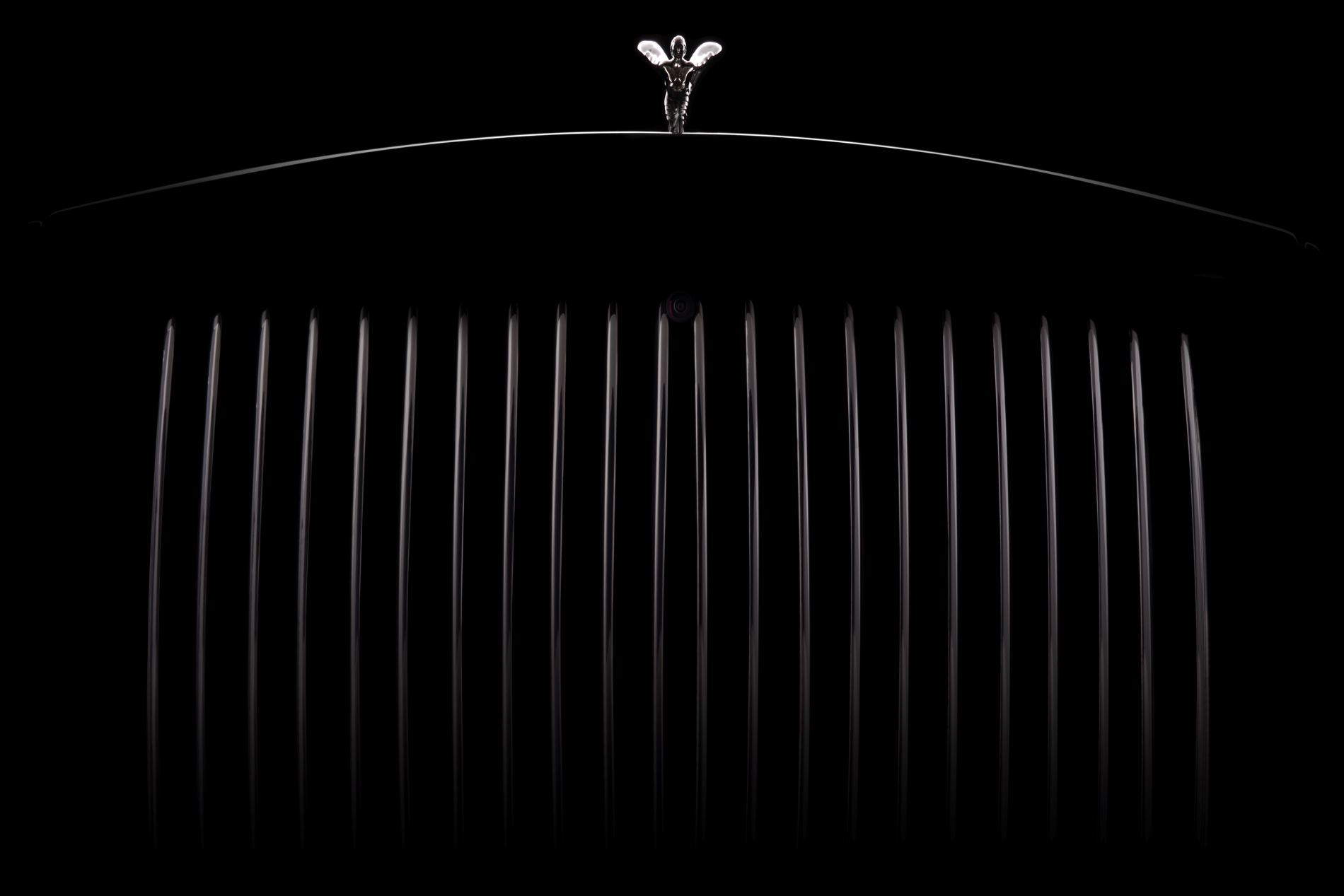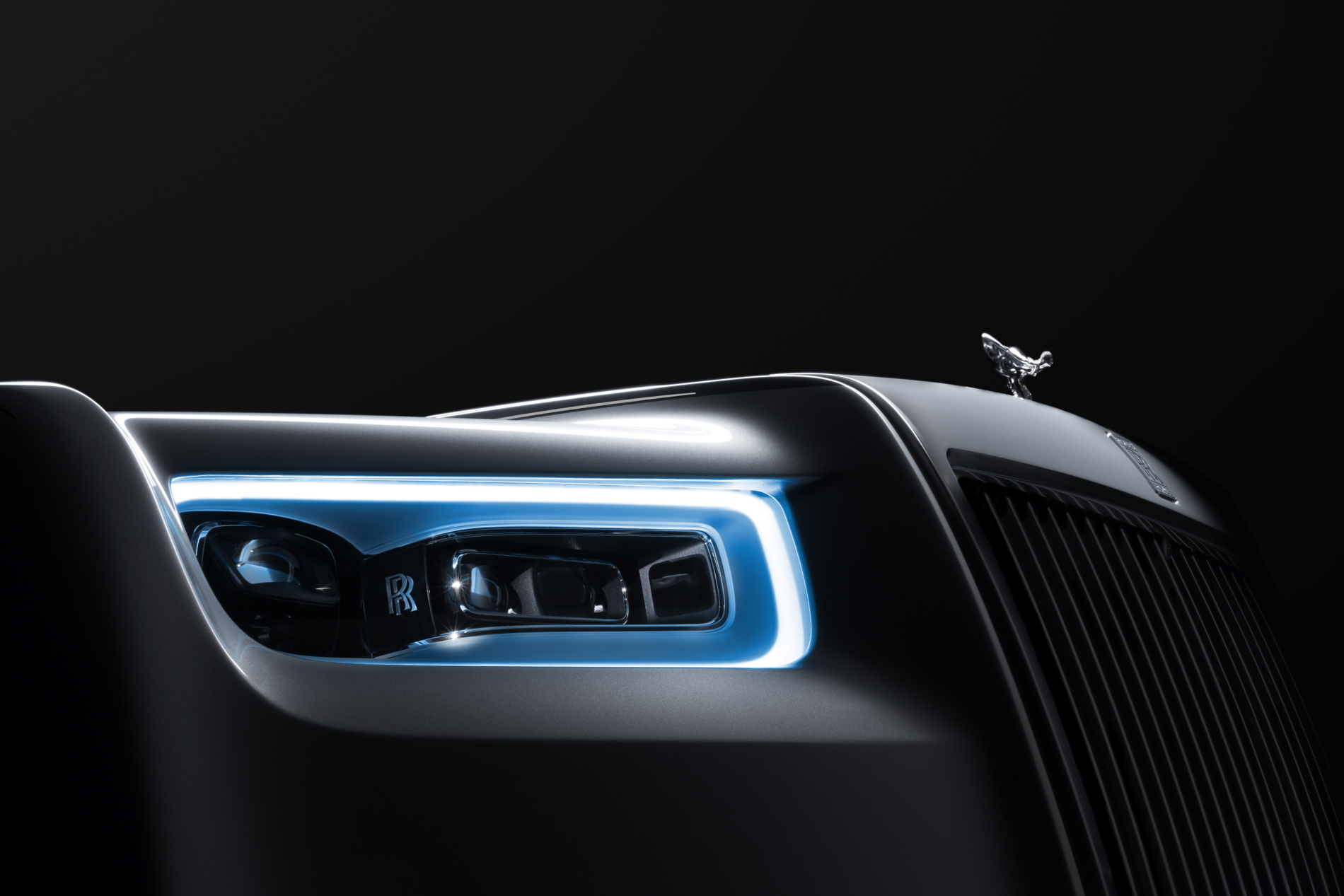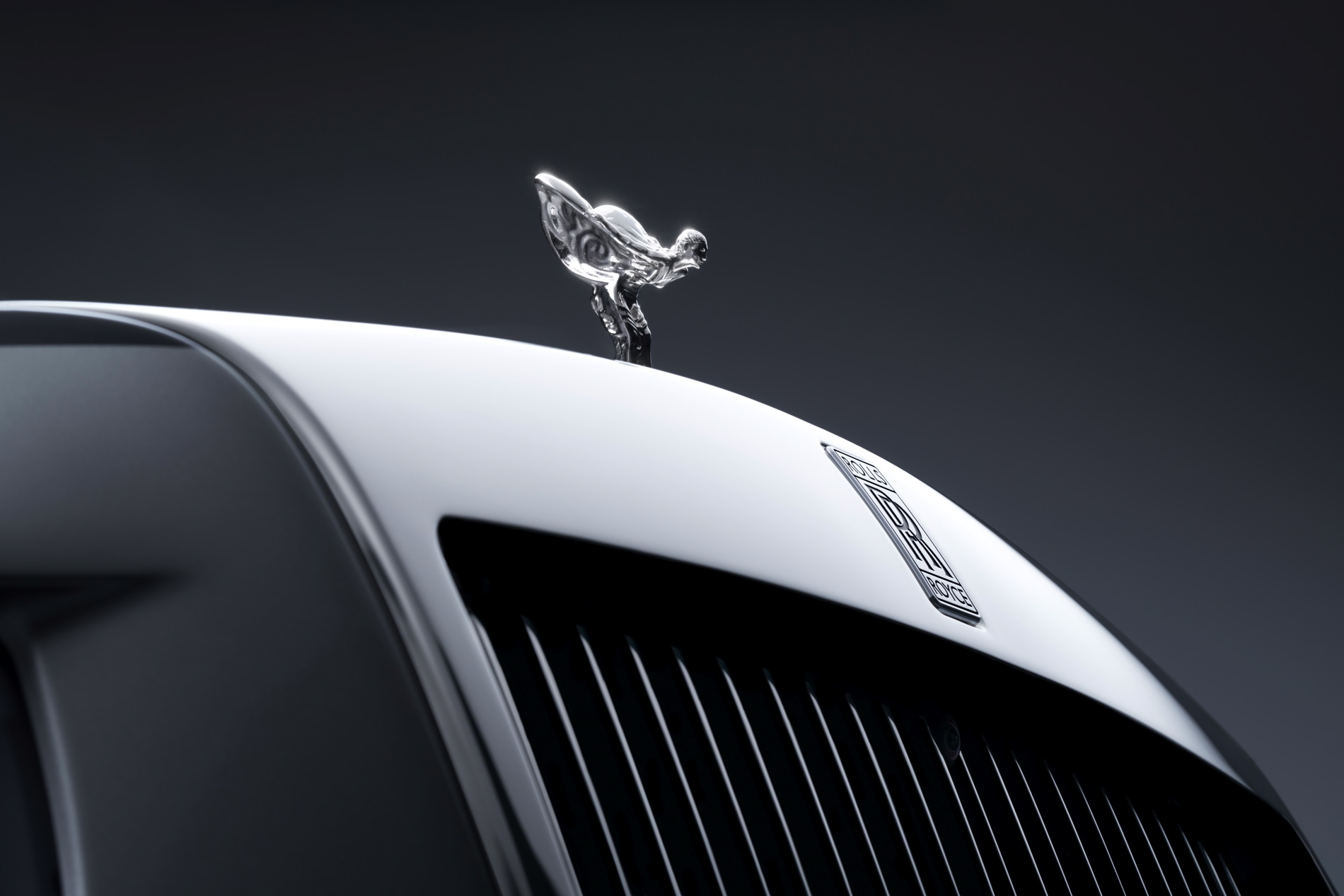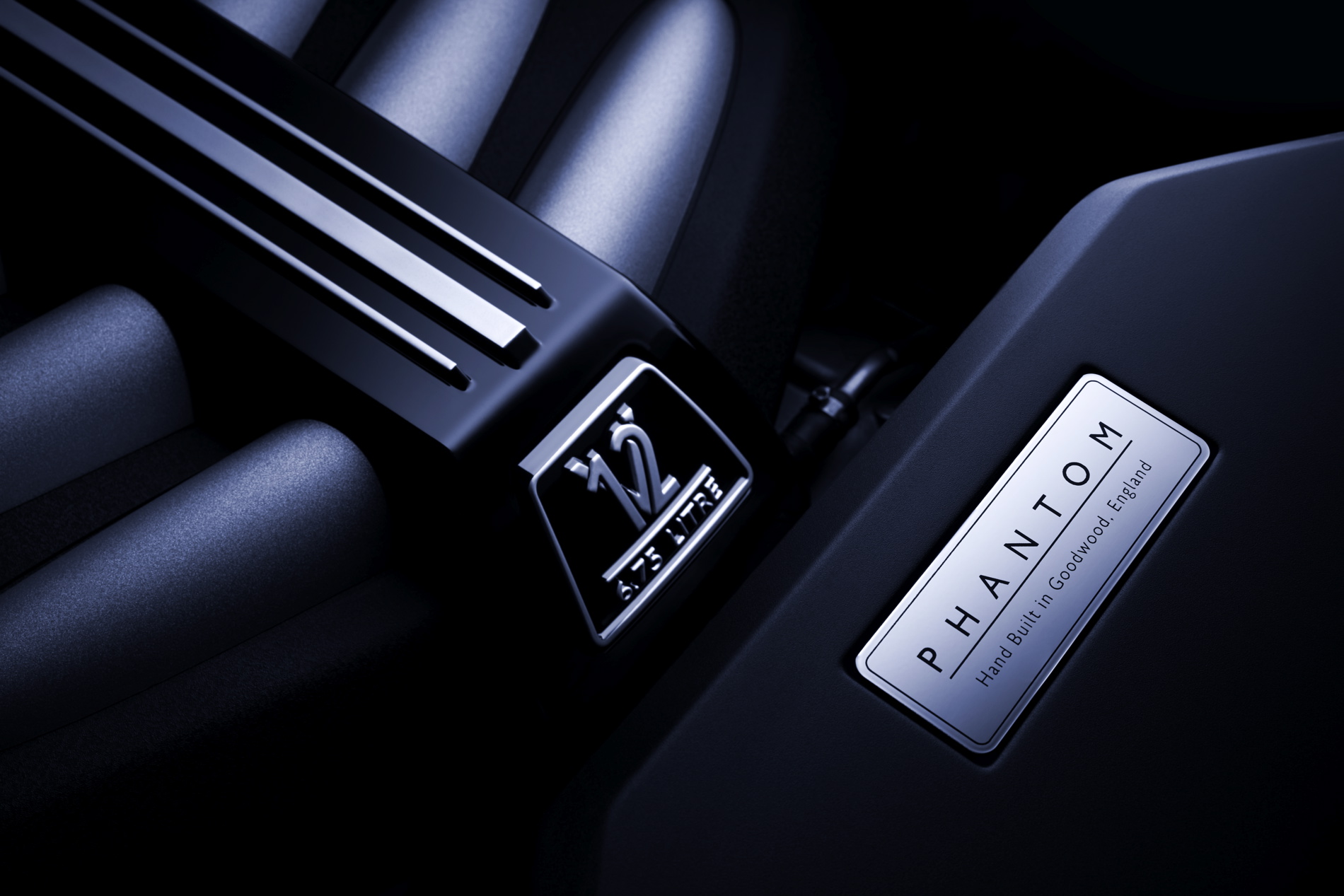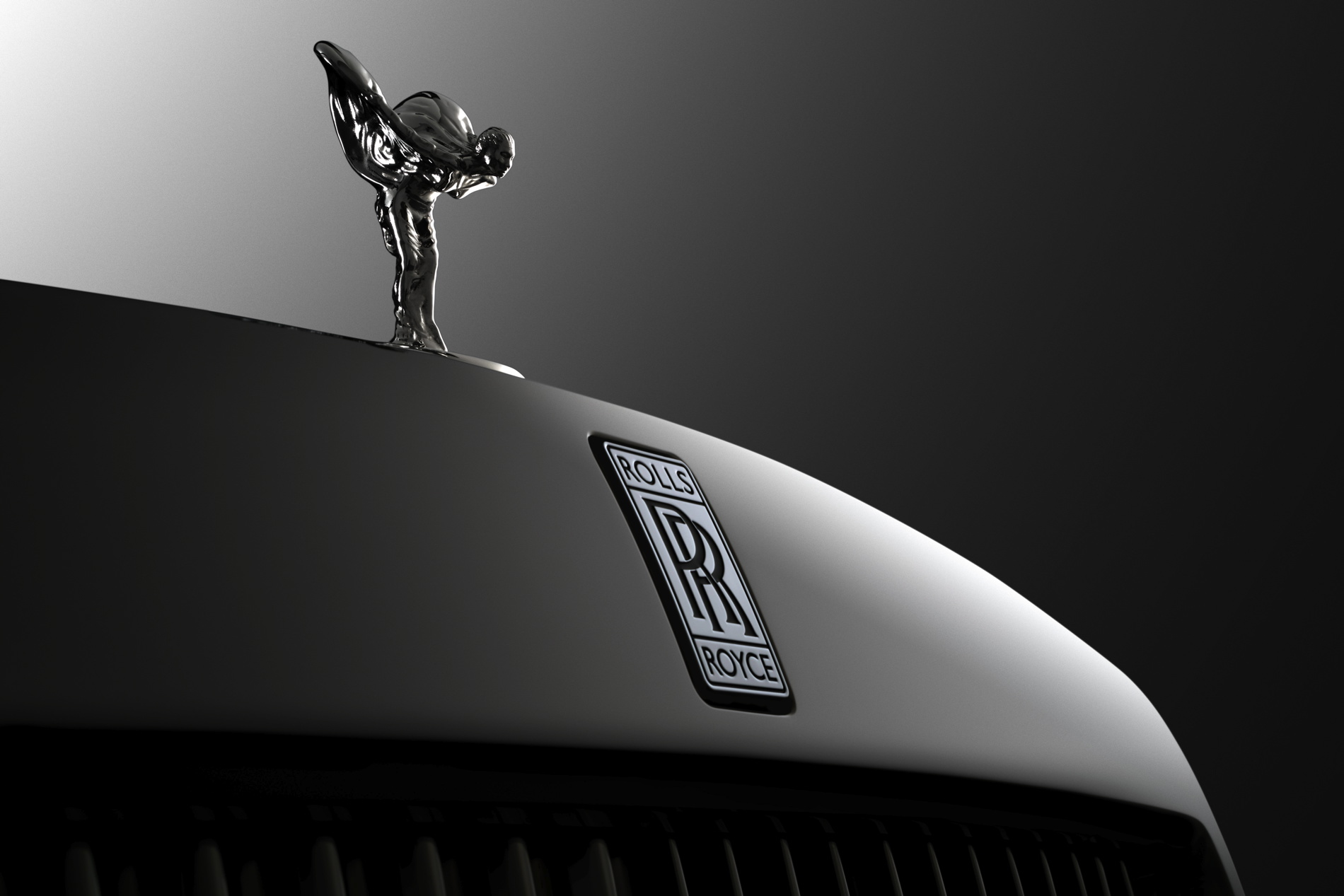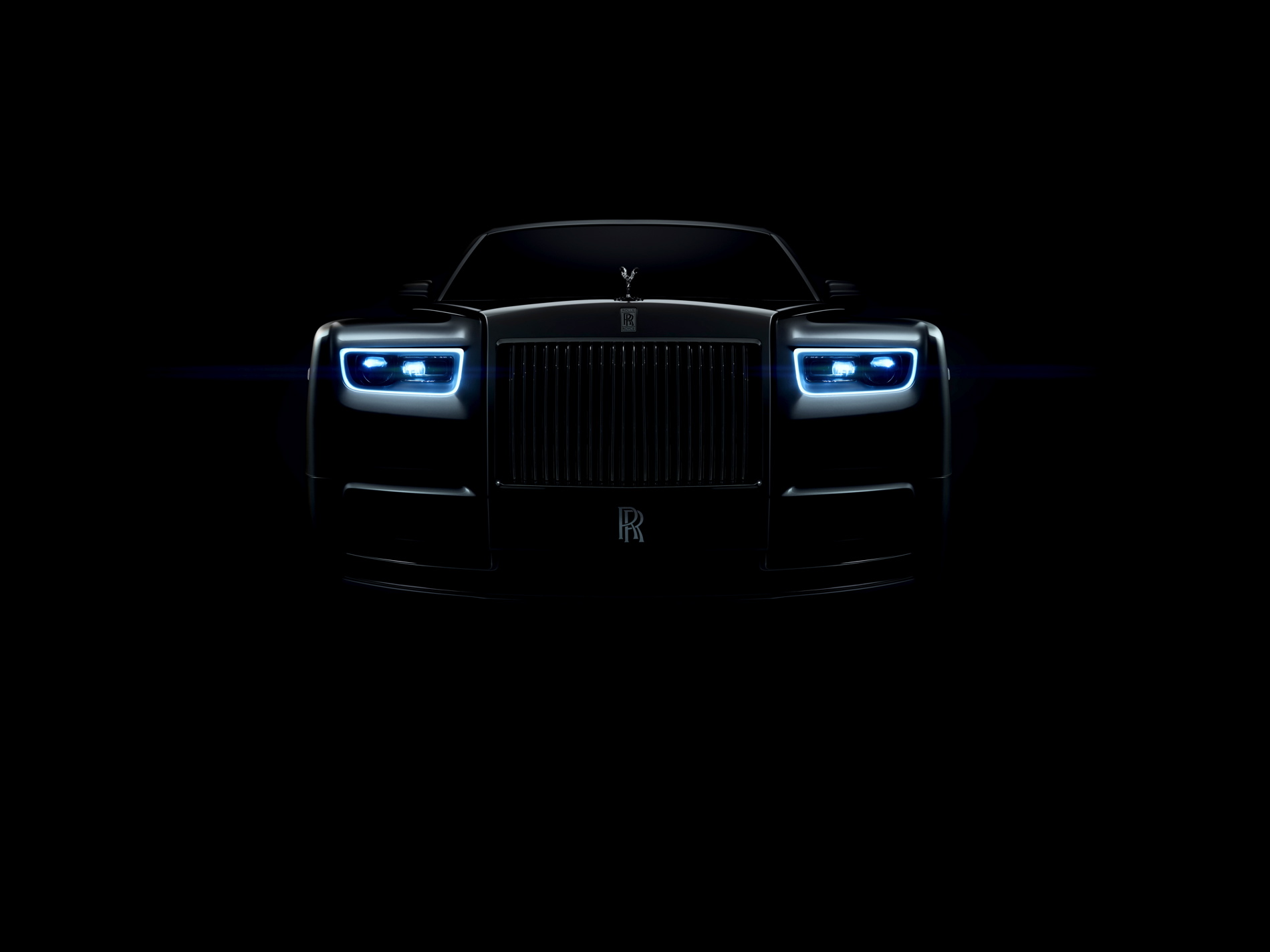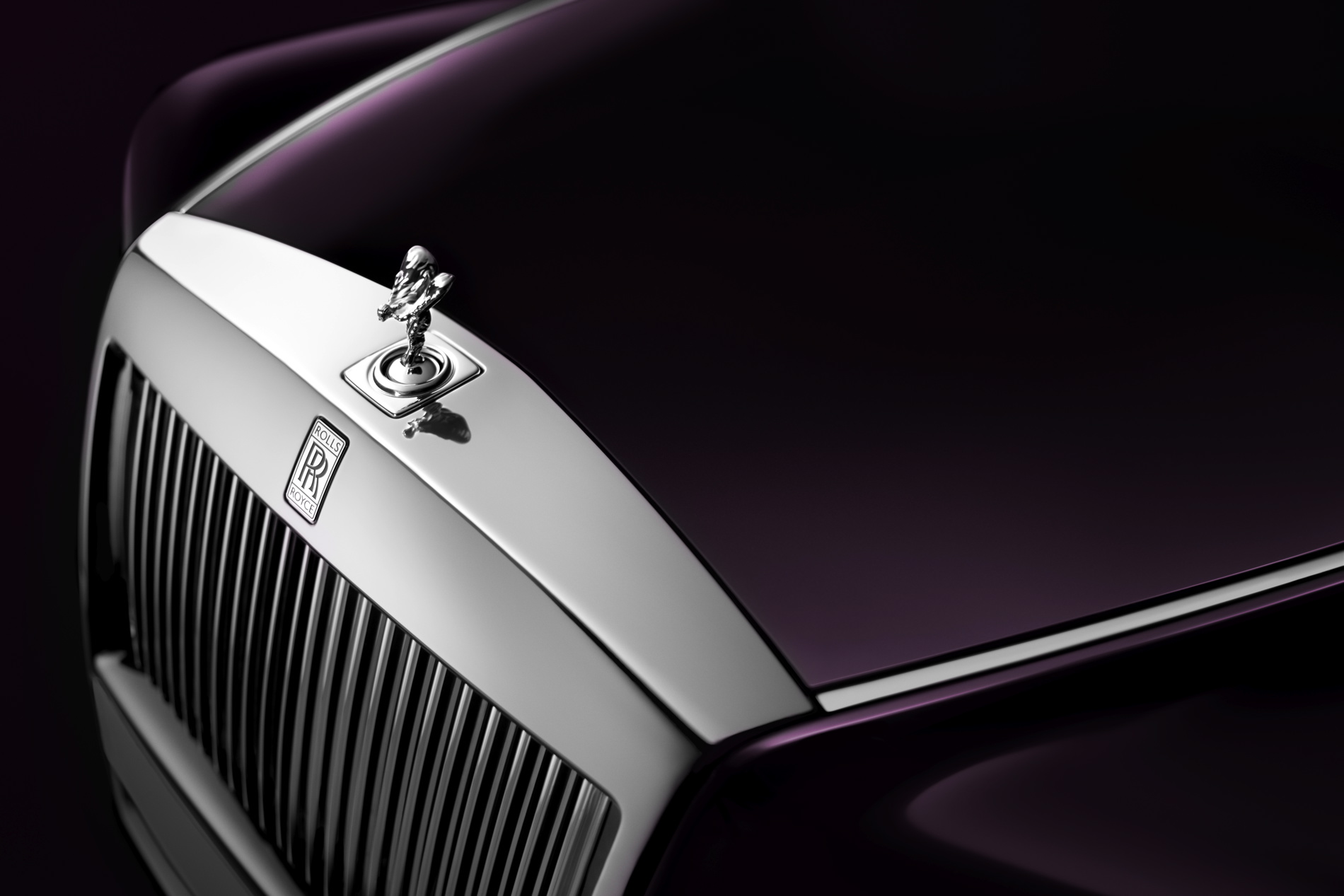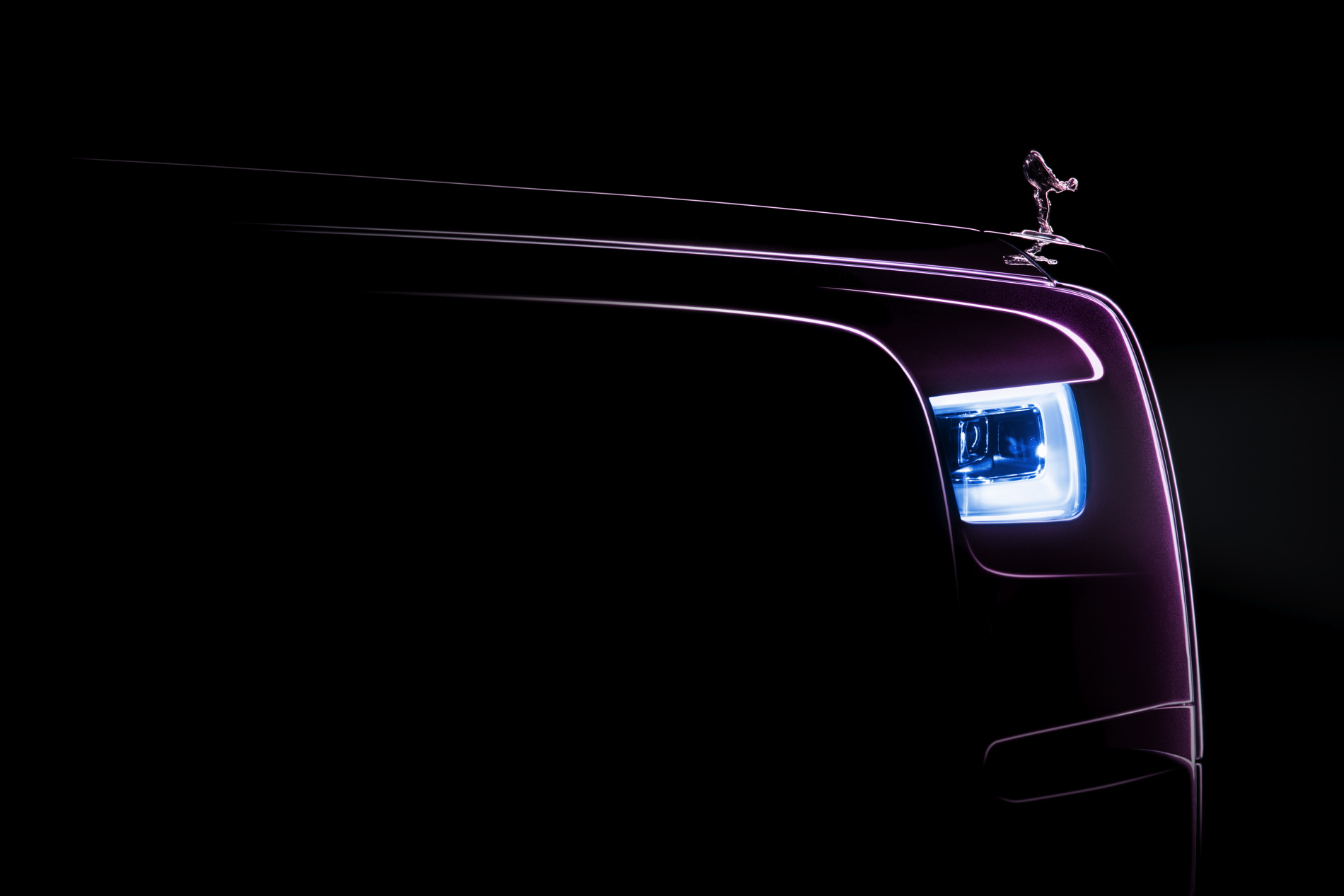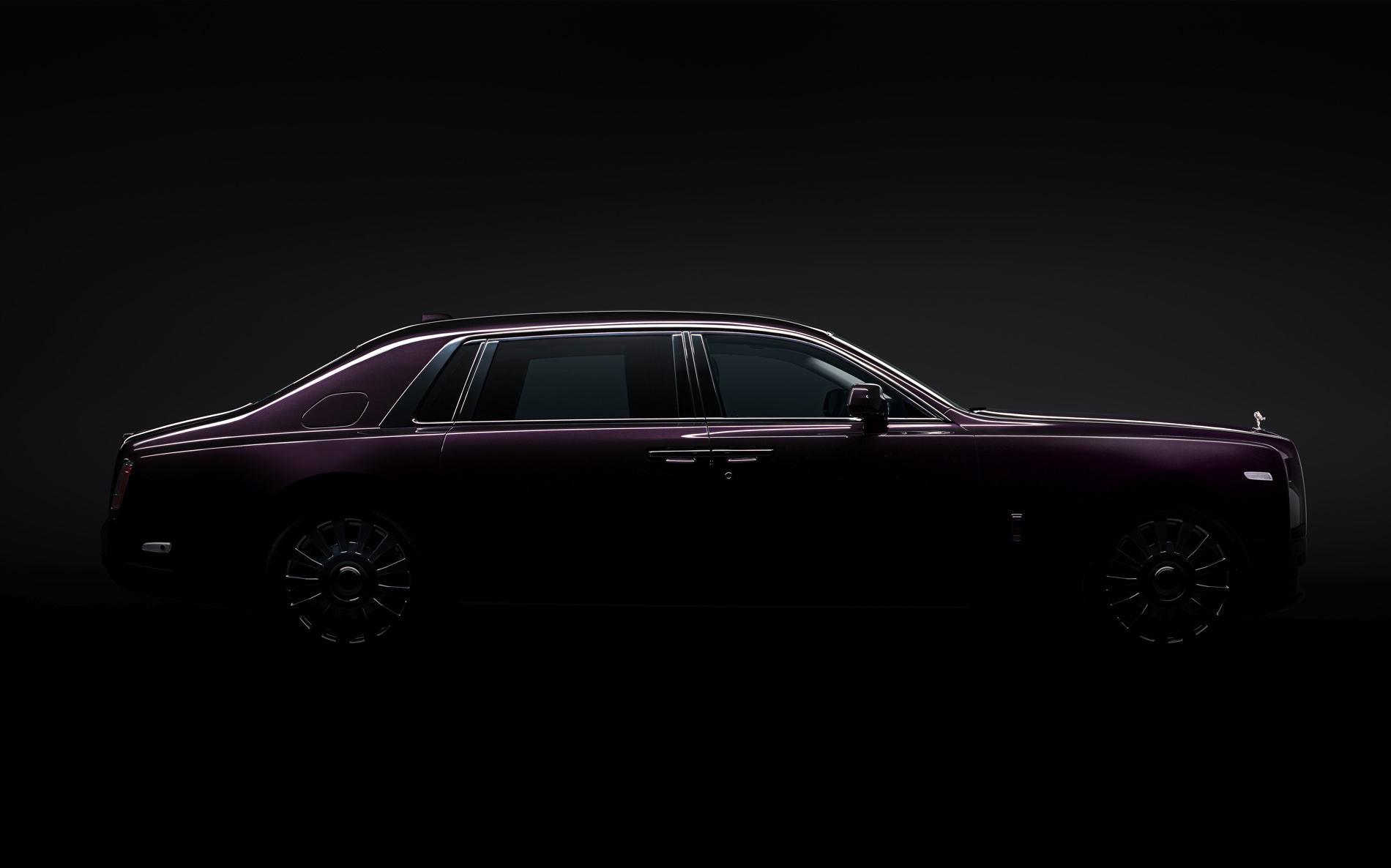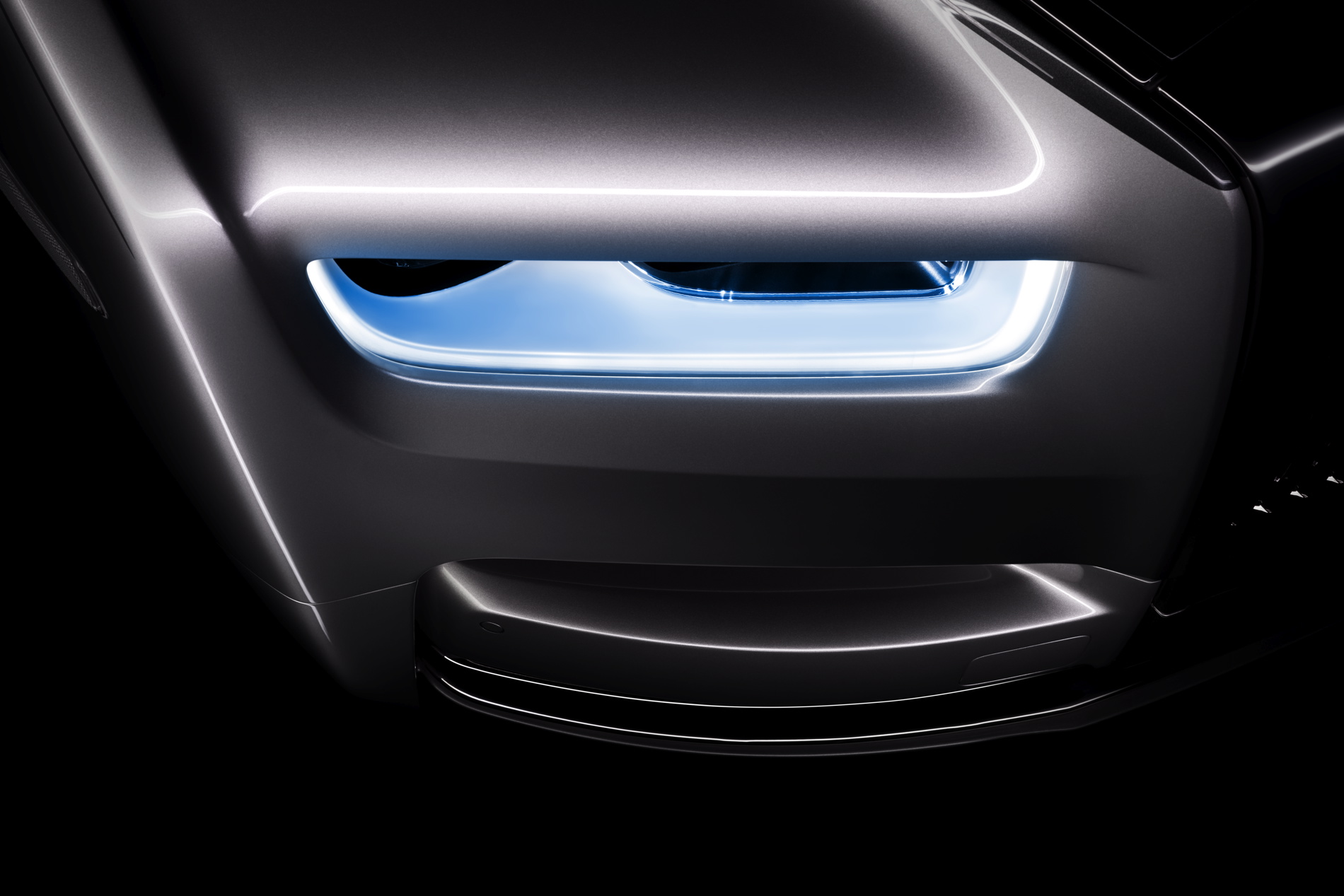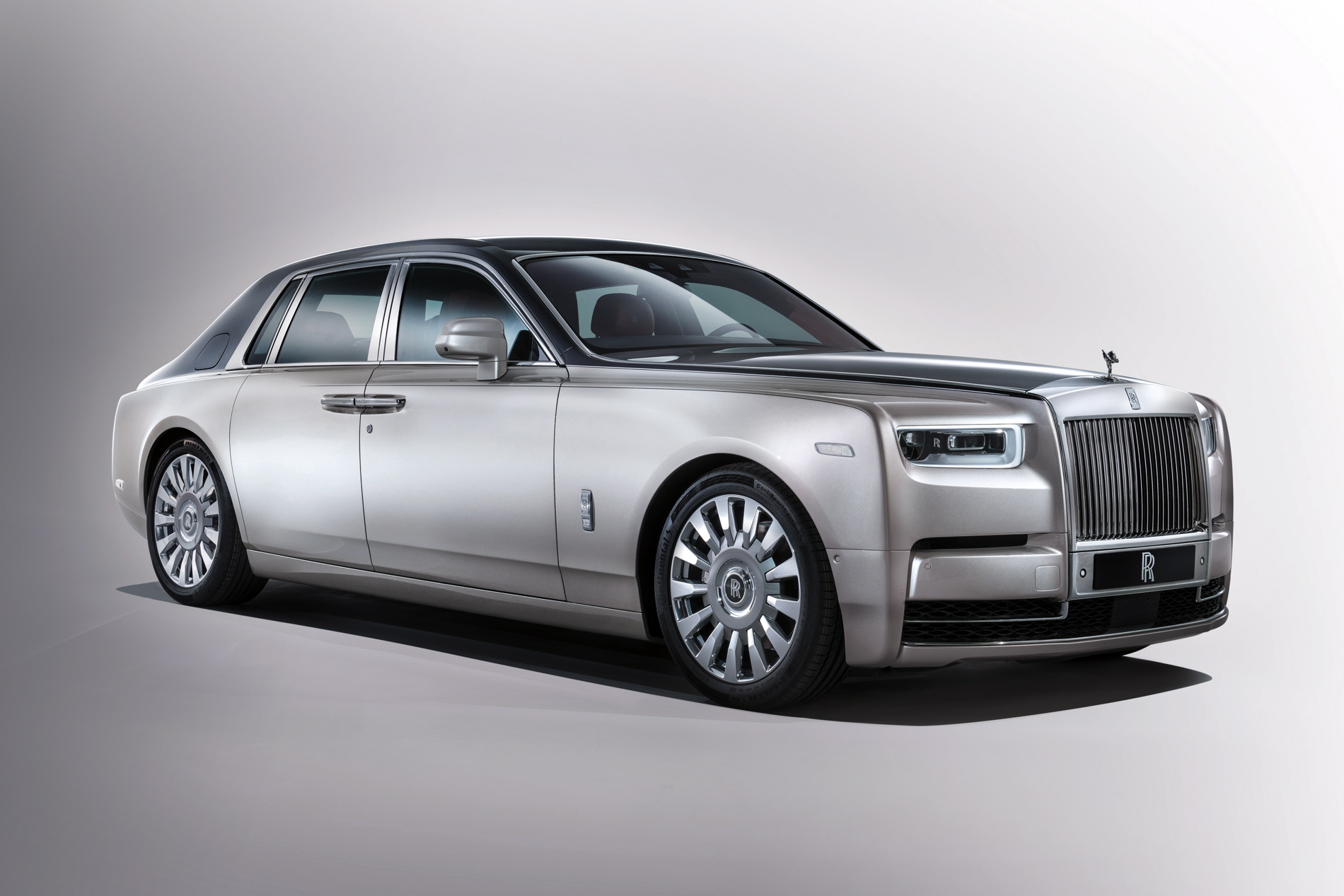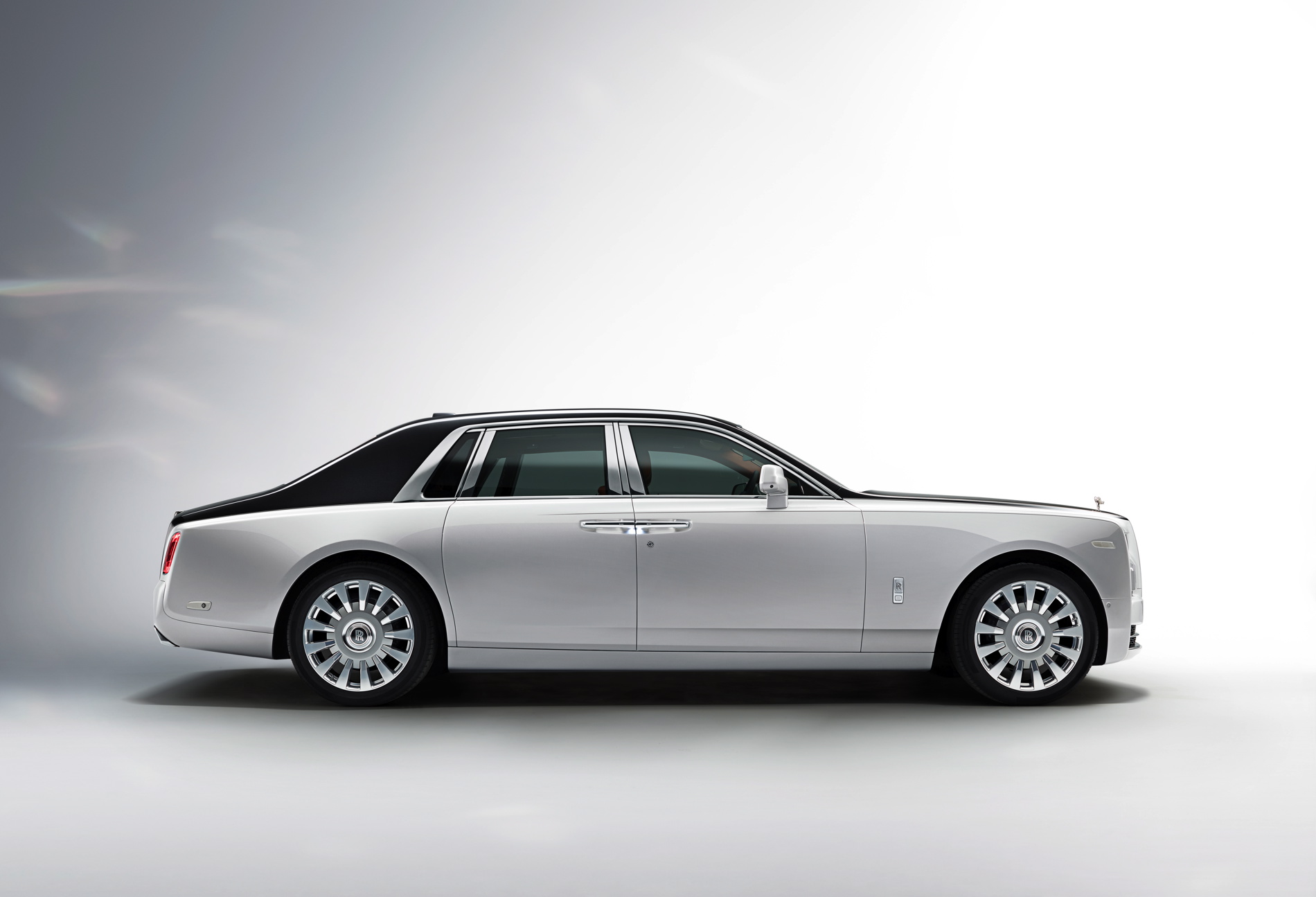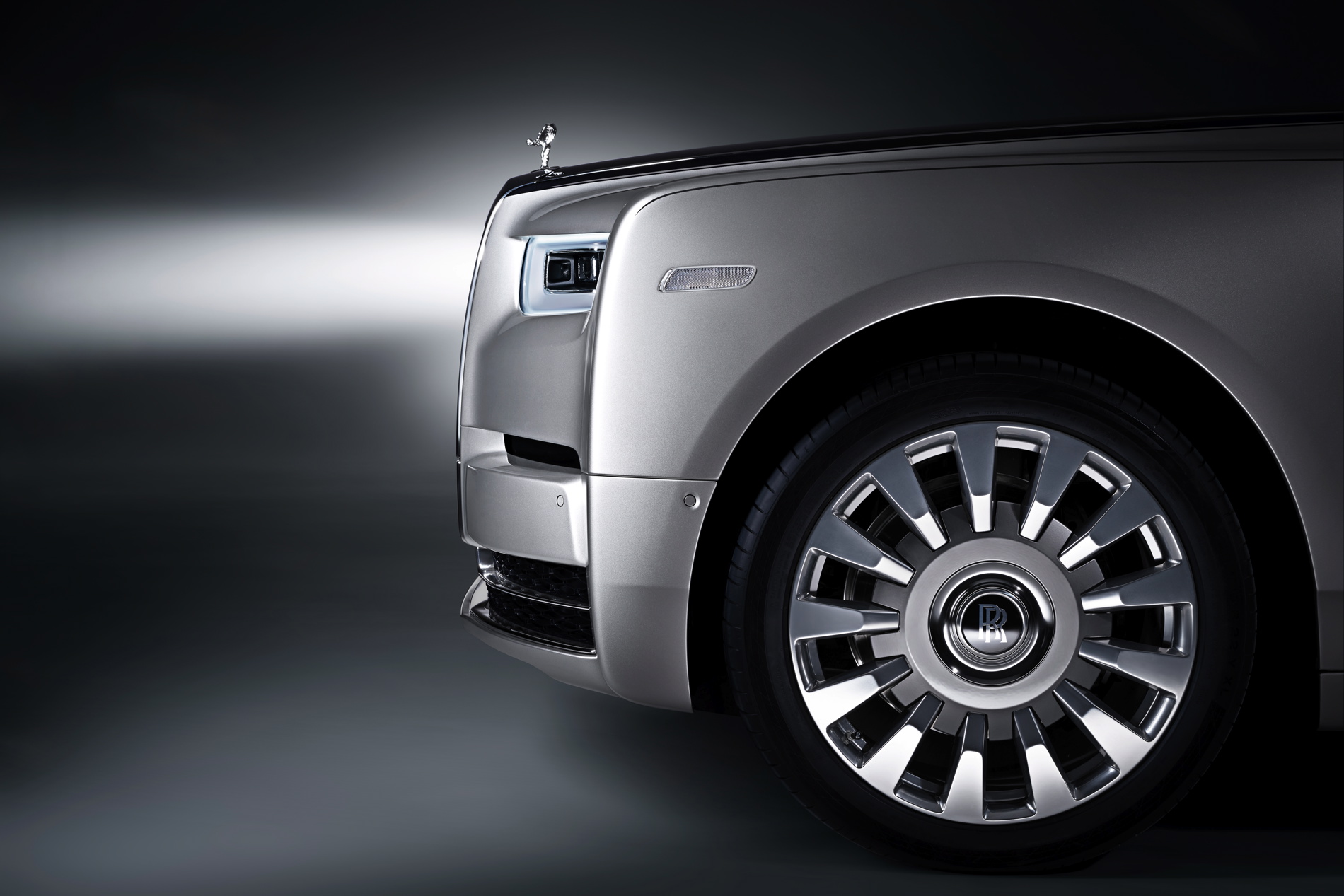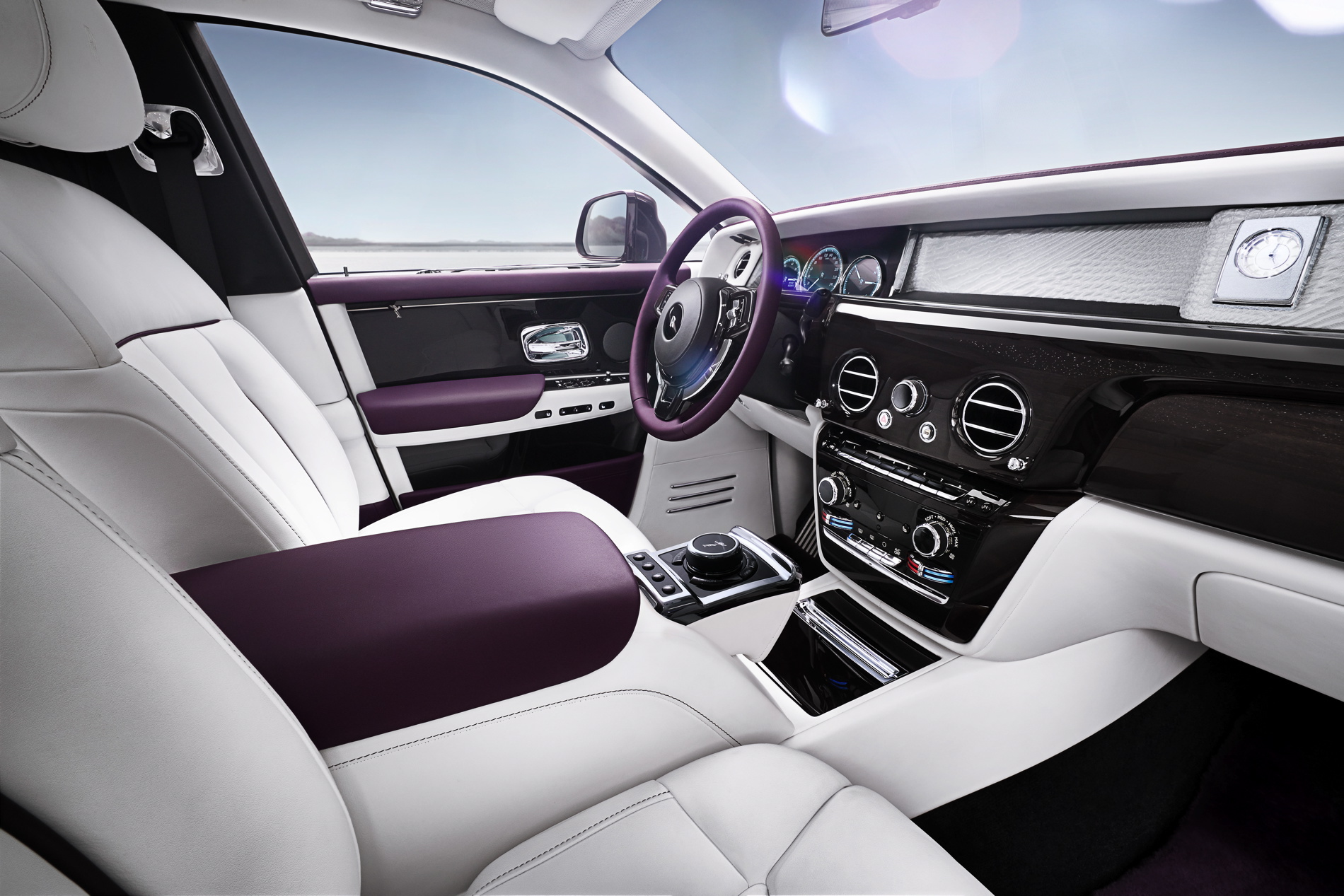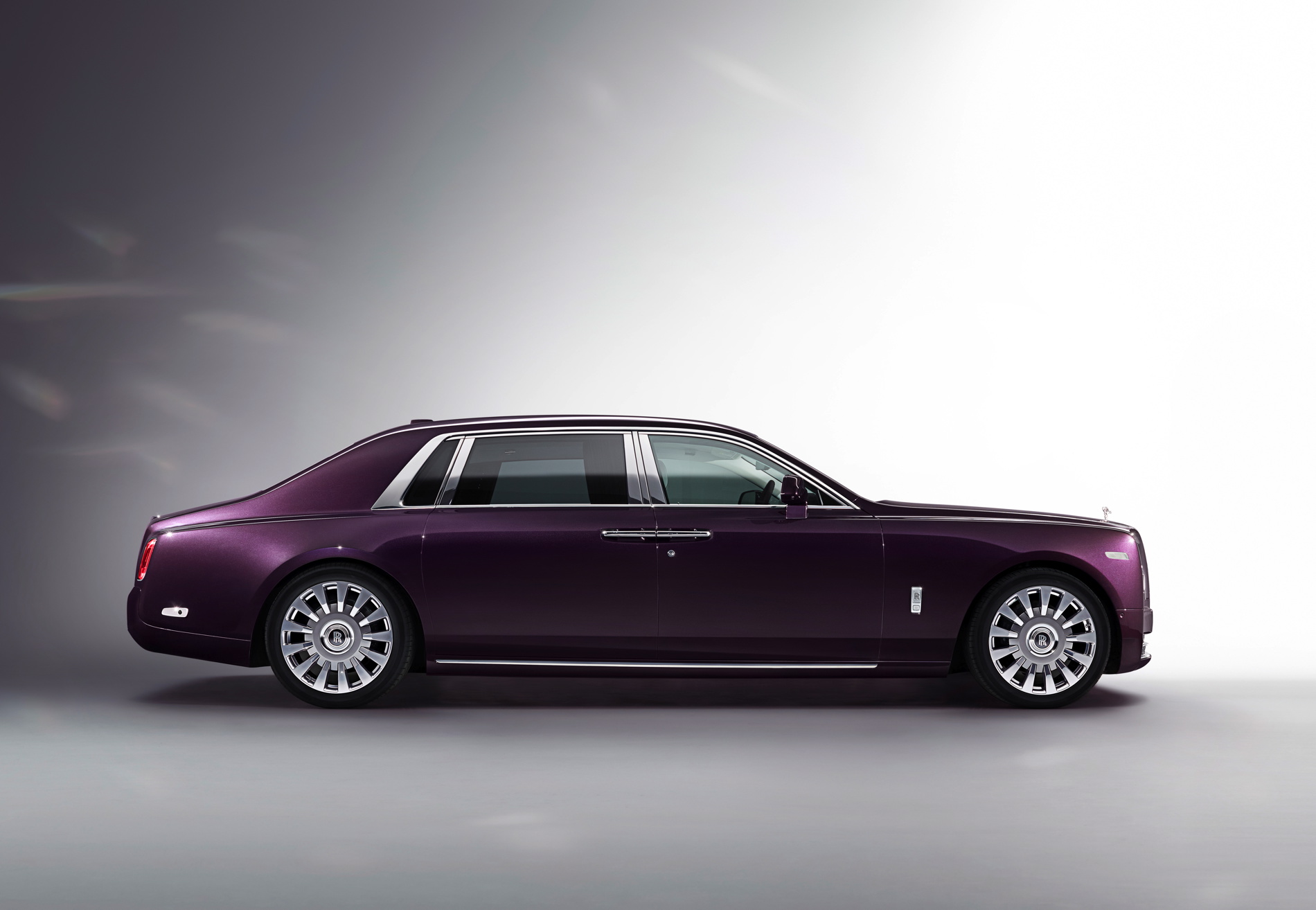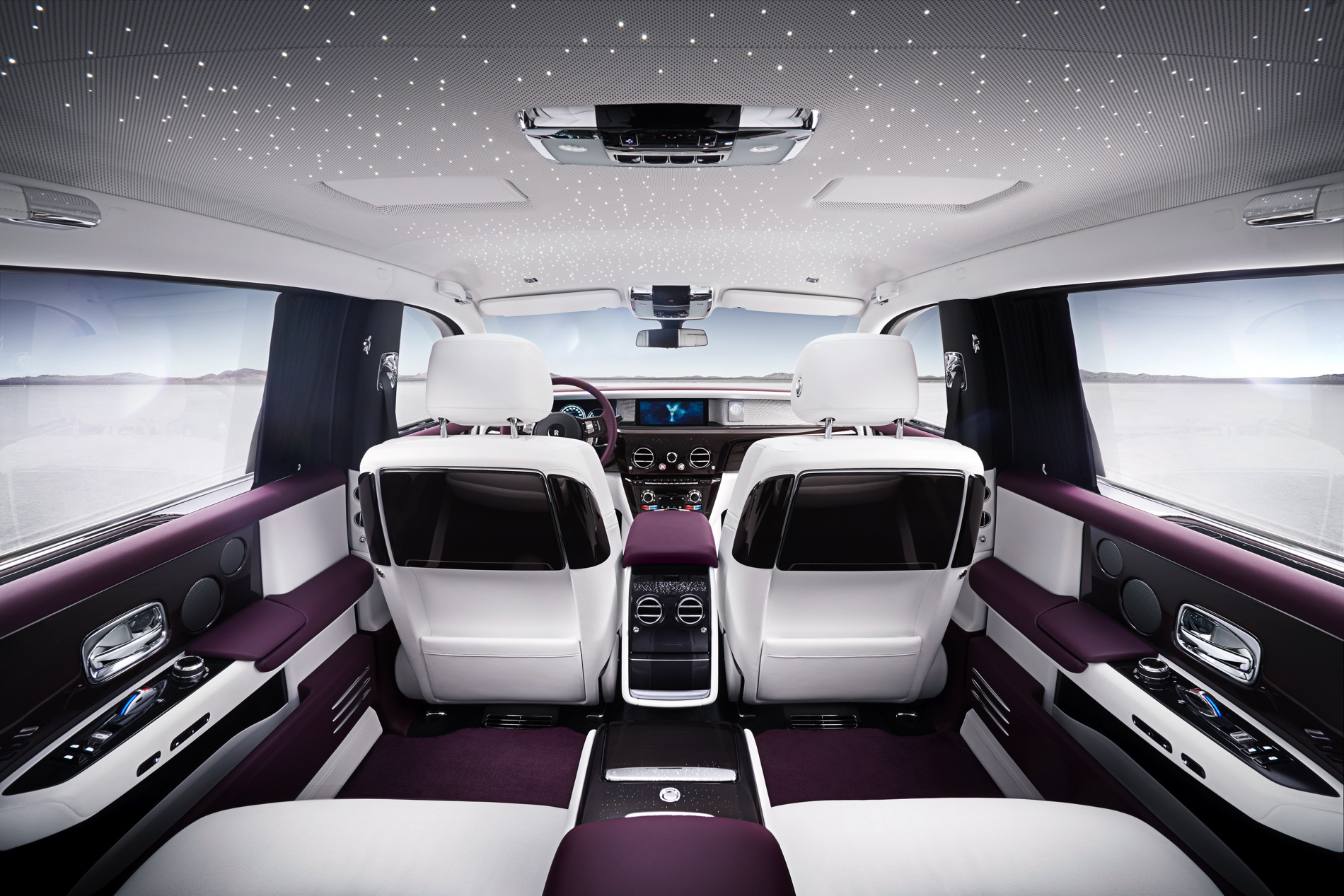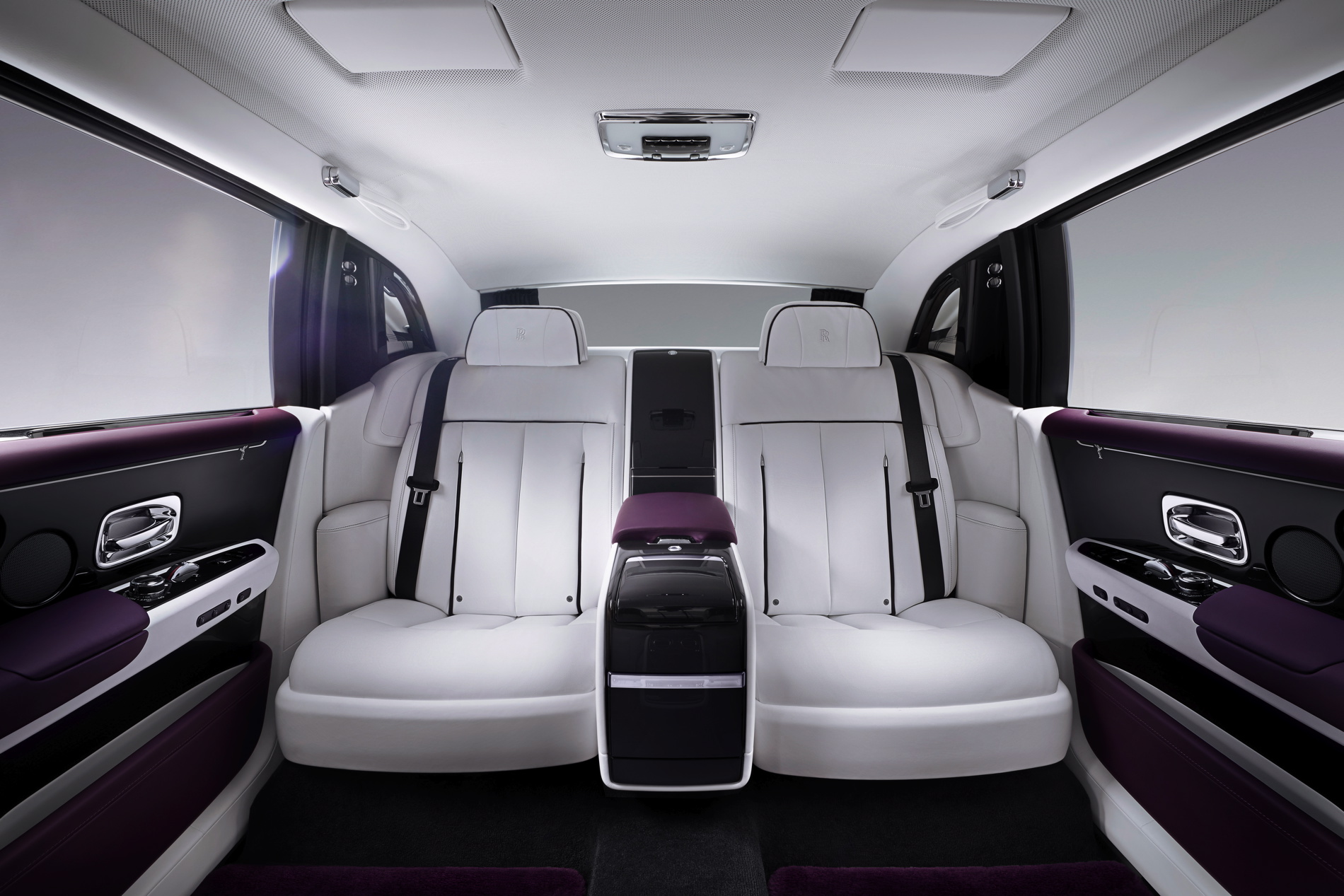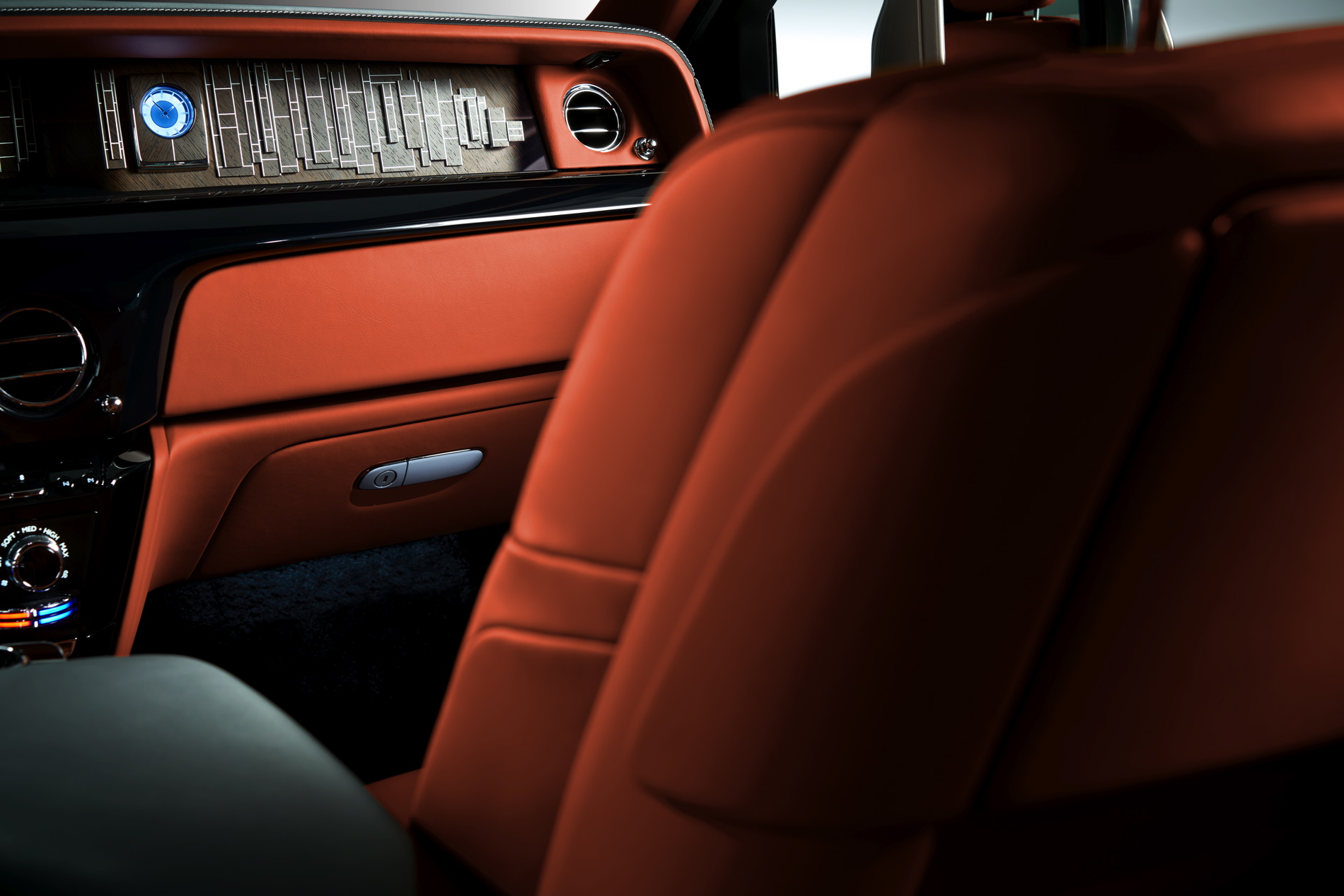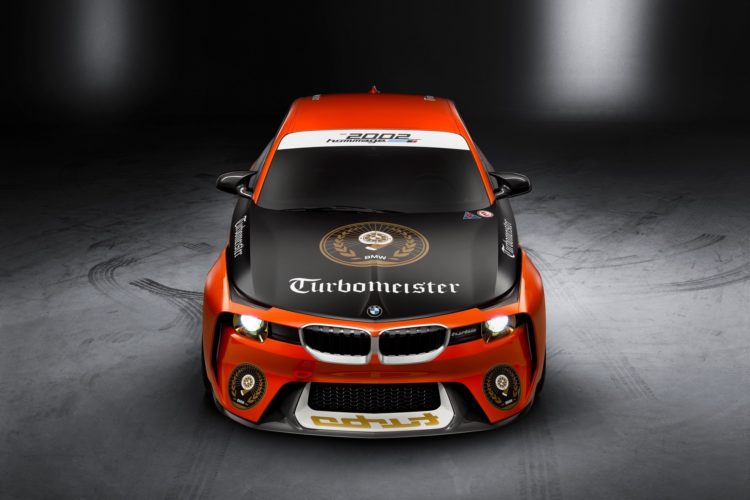Let’s rewind nearly a century, to 1925. Back then, if you were one of the world’s elite, one of the movers and shakers of the world, you drove a Rolls Royce Phantom. It was the absolute pinnacle of automotive luxury and opulence. It was like nothing anyone had ever seen before. That was the Rolls Royce Phantom I, the first generation in what would eventually become the longest running automotive nameplate in history. After the iconic Phantom I ending production in 1931, six other generations succeeded it over the course of 86 years.
Being that the Phantom’s history is longer than the history of many countries, replacing its current generation model with a new one is a tall task. The model has such prestige, such history and such a sky-high reputation. So replacing it needs to be done very thoughtfully and with great care. Thankfully, that’s exactly what Rolls Royce did with its new, eighth-generation Phantom.
If you’re looking at the photos and wondering where the new Phantom is, we don’t blame you. The new, eighth-gen Rolls Royce Phantom isn’t very different looking than the car it replaces. Though, that’s not incompetence but an intentional evolution. The idea is that the Phantom has such a history and the current seventh-generation Phantom is so beloved by its buyers that dramatically changing it would be a bad idea. So the new Phantom is remarkably similar to the old one, but that’s no bad thing.
Despite looking similar, though, the new Phantom is a completely new car in every single way. Built on a new, lightweight chassis, that’s comprised mostly of aluminum and that Rolls Royce is calling its “Architecture of Luxury”, the eighth-gen Phantom is all new. “As this next chapter in the Rolls-Royce story opens, the New Rolls-Royce Phantom points the way forward for the global luxury industry.” — Torsten Müller-Ötvös, Chief Executive Officer, Rolls-Royce Motor Cars.
From the outside, the new Phantom is everything a Phantom should be. It’s massive, imposing and obscenely luxurious. It looks as if it wants to squash the lesser peasants that get in its way. And that’s a good thing. A Rolls is supposed to looks smooth, sophisticated but also a bit vulgar. The crisp lines, square-jawed looks and a massive and upright grille all make it look like it’s puffing its chest out with pride. So while this new Phantom is far more evolutionary than it is revolutionary, it looks great still and this design is timeless. If this exact car were made in 1925, it’d be considered beautiful. If it stays this way in 2055, it will still look beautiful.
There are some new touches on the exterior, though. Its headlights are new, slimmer and set deeper in the front end. There’s more sculpture surrounding them, whereas they were just sort of plastered on the front of the previous car. They’re also ringed in LED daytime lighting. It looks quite good and more high-tech than the old car’s. But what’s even more impressive are the laser lights that are housed inside the modern looking LEDs. Rolls Royce claims these laser lights can cast light 600 meters down the road. The grille is also bigger and is the first Rolls Royce grille to be integrated into the body work. Underneath the headlights sit very slim, horizontal air intakes to feed air into intercoolers, where the old car’s LED fog lights used to be. The latter bit is sort of odd, because it’s seldom you see functional vents on a Rolls.
From the side, the new Phantom gained only subtle differences but they make it seem more modern, sleeker, than the old car. The wheel arches are more subtle and less pronounced than on the previous-gen car and they give the new car a more streamlined look, one that’s less fussy. Its door handles are also placed quite a bit lower than before, which makes its belt-line seem lower and makes the whole car look more planted. Whereas the handles on the old car made it look like it had its pants yanked up too high, these new handles look far better. Not only do they look better but the handles are made from stainless steel, to give the passengers a more premium feel when opening the doors. It also gets the largest single-piece of hand-polished stainless steel on any car as its side trim. The Extended Wheelbase model gets a piece of aluminum trim on the sill, so as to differentiate it.
Out back, the new taillights are more vertical, slimmer and far more high-tech looking. Its outer edges are rimmed in LEDs and they look smoother than before. The whole rear end also swoops down from the C-pillar more gracefully. The old car was a bit choppy at the back but this new Phantom is smooth, modern and seamless.
If you’re hoping that the interior is drastically different than the previous, seventh-generation Phantom, to make up for the lack of dramatic design change on the outside, you might be disappointed At first. The cabin design, overall, is largely unchanged. However, look closer and you’ll notice it’s been updated everywhere with better materials, more interesting trim choices and better technology. It looks like the previous Phantom’s interior, only better in every single way. The infotainment system has been updated to BMW Group’s latest system but with Rolls’ own specific graphics. The gauges are not mostly digital, giving it a more 21st century feel, though the classic three-gauge setup is still present with the ever-so-interesting “Power Reserve” gauge. The gauges themselves also look much better and more modern.
Those seats look like a king’s thrones, which wrap around their passengers and look as if they provide more cushion and comfort than any others in the industry. These look quite a bit better than the ones in current Rolls products, which are quite flat, though surprisingly supportive. These look better, though, and will probably feel better.
But what’s better than the actual seats themselves is what you get to look at while in them. The dashboard layout and design in the new Phantom is simply stunning. The way the dash trim curves behind the infotainment screen and then continues to curve back around it into the gauge cluster looks fantastic. But the design pales in comparison to the sorts of trims used in the new Phantom. The work done to create some of the trim work is simply astonishing. There’s nothing else like it in the industry and it makes the wood in a Bentley look like it came from the Walmart arts and crafts section. Just look through the gallery of the incredibly talented artists creating all sorts of different trims by hand. The woodwork, clay work and aluminum work are unparalleled in the industry. Even though the overall shape and design of the cabin seems so similar to the last-gen Phantom, this new one looks so incredibly premium.
“Art is at the heart of the conception of the New Phantom’s interior,” said Giles Taylor, Rolls Royce Director of Design. “As an interest, we know that a huge number of our clients are patrons of Art and indeed have their own private collections. Art is a binding factor for many of them.”
Though, a Rolls cabin is really about its back seat. Rear seat space is enormous and incredibly opulent. The front seatbacks are finished in beautiful wood, a throwback to Eames Lounge Chairs of the 1950’s. Built into that wood, there lies the tray tables and rear seat monitors. But don’t think you’ll actually have to open those up by hand, that would be far too stressful for Rolls Royce customers. So a push of a button electrically opens the rear tray tables and presents the Rear Theatre Monitors. A touch I really like is having the HVAC controls for the rear passengers on the rear armrests. So each rear passengers can tailor the temperature and fan speed individually, without having to reach at all. If you’ve ever been in a McLaren, it’s very similar to how they work, with HVAC controls on each arm rest, just far more opulent.
All of this is almost difficult to take in. It’s such a comprehensive overhaul without looking much different that it’s actually impressive. However, we’re only scratching the surface. Literally, because we’ve only talked about the surface.
Under that massive hood and imposing grille lies an entirely new 6.75 liter V12 with two turbochargers bolted to it. Before we get into specs, can we just take a moment to appreciate Rolls Royce keeping the incredibly specific liter count, like the good ole days? Anyway, that mighty powerplant makes a healthy 563 hp and 663 lb-ft of torque. I kind of wish Rolls wouldn’t tell us exactly how much power the Phantom made but instead just claimed it was “adequate”. That exacting V12 is again mated to a ZF-sourced eight-speed automatic gearbox, which is satellite-aided for better control. Rolls Royce hasn’t release performance numbers but, to be honest, they don’t really matter. The new Phantom’s 0-60 mph time is entirely irrelevant.
There’s also quite a lot of safety tech underneath. The new Rolls Royce Phantom comes with Alertness Assistant, a 4 camera system with Panoramic View, all-round visibility including helicopter view, Night Vision and Vision Assist, Active Cruise Control, collision warning, pedestrian warning, cross-traffic warning, lane departure and lane change warning, an industry leading 7×3 High-resolution head-up display, WiFi hotspot, and of course the latest navigation and entertainment systems.
The Phantom is easily one of the most prestigious automotive nameplates in history, if not the very most prestigious. So this new car had to really deliver the goods and it seems that it has. While it doesn’t look flashy, it’s not supposed to. The Rolls Royce Phantom is about understated opulence. Luxury, comfort and serenity at their finest. This new Phantom is dripping with luxury, wonderfully rich materials, a sharper design, better technology and an all-new beast of an engine. Does this new Phantom live up to the name? We won’t know for sure until we drive it and ride in it. But it seems off to a good start.


